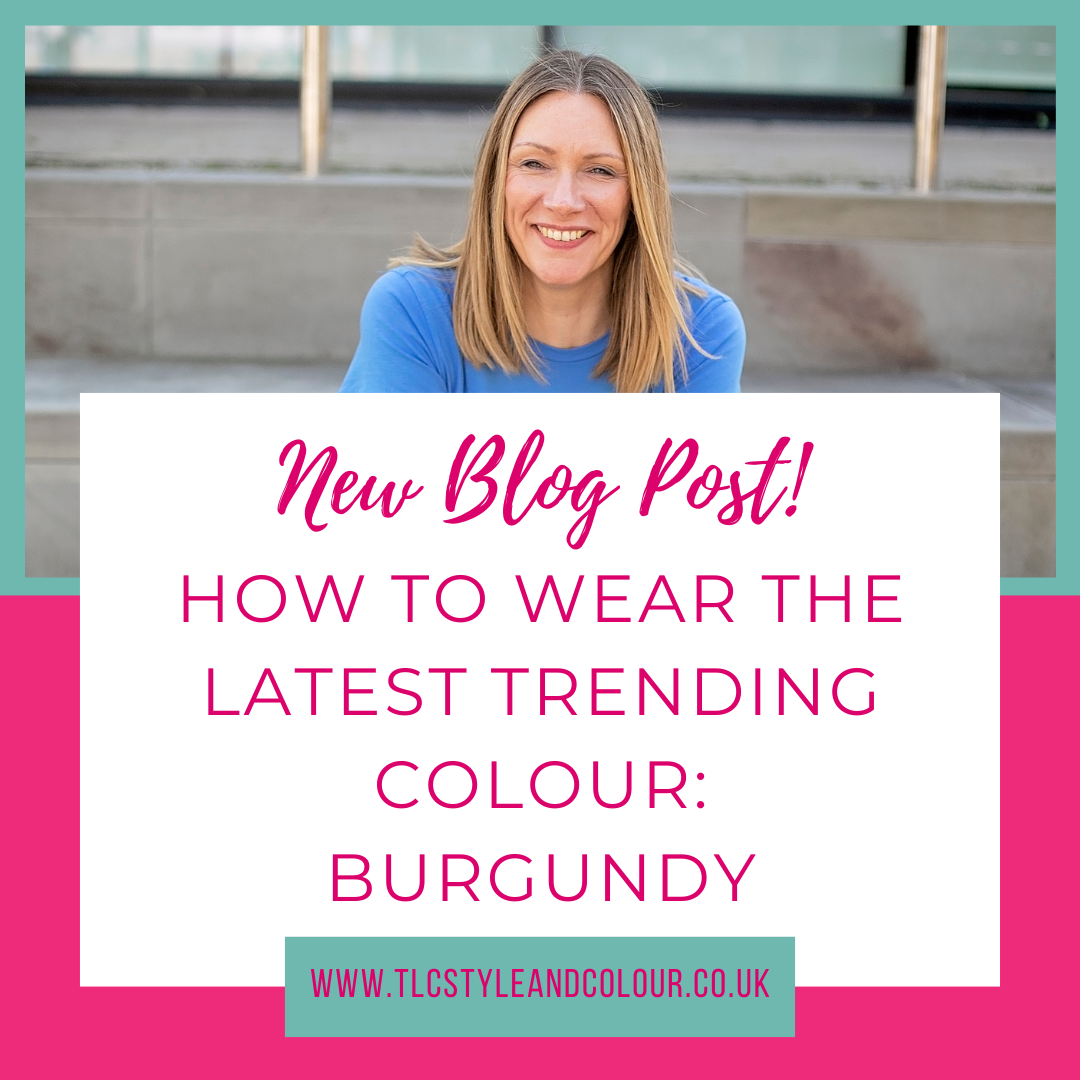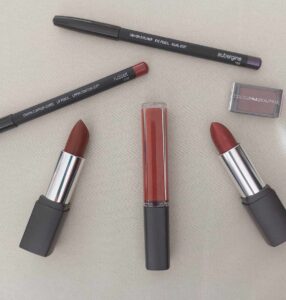It’s the most wonderful time of the year! The festive season is upon us, and it’s not just about the gifting—it’s about feeling your best and celebrating in style. For my final blog of 2024, I’m here to inspire you with some outfit suggestions tailored to each colouring type, along with thoughtful gift ideas that are sure to delight.
To make it extra special, I’ve collaborated with some fellow Colour Me Beautiful consultants from around the globe. They’re sharing their own festive outfit plans, showcasing how you can shine in your best colours this holiday season.
Light colouring type
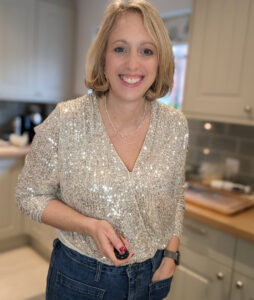
Image c/o Jo Joynes
Outfit:
Meet Jo, showcasing her Christmas Day outfit. She describes it as “glamorous yet practical for cooking Christmas dinner,” and it perfectly complements her classic-natural-romantic style personality. Jo’s go-to comfortable jeans—an everyday wardrobe staple—are elevated to festive glamour with a fabulously sparkly top. The light champagne shade beautifully flatters her Light, Cool, and Soft colouring.
Metallics are a great way to add attention and glamour, but if sparkles are not your thing, opt for rich textures or luxury fabrics like velvet or satin.
Gift Ideas:
For a pop of colour, the Olivia Scarf is a perfect choice to brighten your look and add vibrancy close to your face. It’s an instant fix to elevate any outfit or give new life to a coat that might not quite hit the mark! Choose from these stunning shades: Ocean, Hyacinth, or Bermuda.
If your colouring is Light and Warm, opt for Sand, Apple Blossom*, or Coral Pink.* (*discounted while stocks last).
For those with Light and Cool colouring like Jo, Azalea or Lilac make ideal options. All scarves are priced at £18.90 and can be browsed here.
For the perfect festive lip combo, check out the Festive Lips or Party Lips gift sets. Each set includes a lipstick and retractable lip brush, paired with either a lip pencil or a gloss. Dusty Rose is Jo’s fave lipstick.
Let your eyes sparkle with the Festive Eyes gift set. Choose an eye pencil, volumising mascara and eye base to keep your makeup in place all day. Opt for navy or warm brown mascara as a much more flattering tone than black.
The Colour Me Beautiful Christmas gift sets are available until 2 January. Starting at £24.50 and presented in a gift box, they’re ready to pop straight under the tree!
Deep Colouring Type
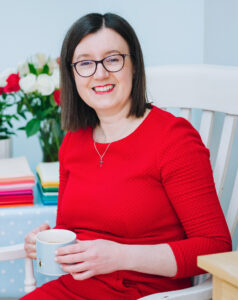
Image c/o Charlotte Leeke
Outfit:
Meet Charlotte, re-wearing an old favourite she loves from Boden. “Red is a strong and vibrant colour that suits my Deep, Cool and Clear colouring which suits my shape and classic/natural style personality. It epitomises Christmas and festive cheer!
This season’s burgundy is a great option for you too.
Gift Ideas:
For a pop of colour, the Olivia Scarf is prefect! Brightening your look, it’s an instant fix to elevate any outfit. Ocean, Hyacinth, Bermuda and Rosewood are your best shades, or try Scarlet in the super soft fringed scarf range which is discounted while stocks last.
Khaki or Sand are additional options for you if you’re deep and warm. All scarves are priced at £18.90 and can be browsed here.
To create the perfect festive pout, check out the Festive Lips or Party Lips gift sets. Each set includes a lipstick and retractable lip brush, paired with either a lip pencil or a gloss. Red Carpet is the perfect red for you if you’re deep and cool like Charlotte and it’s included in the Festive Compact Gift set.
When it comes to your eyes, the Festive Eyes gift set includes an eye pencil, volumising mascara and eye base which helps to keep your makeup in place all day. Aubergine and Teal are great alternatives to your standard black eyeliner.
All Colour Me Beautiful Christmas gift sets are available until 2 January. Starting at £24.50 and presented in a gift box, they’re ready to pop straight under the tree!
Warm colouring type

Image c/o Monika Zammit
Outfit:
Meet Monika, who is also re-wearing a dress she bought 9 years ago for the baptism of her grandson. “I always love the style because it is a perfect fit for my curvy figure. We don’t have snow in Malta, therefore I would like to be a ‘snowflake’ myself”. The timeless ivory and charcoal are perfect neutrals combined with the bronze piping works perfect for her warm, clear and light colouring.
Bronze is a great alternative to gold.
Gift Ideas:
Add a pop of colour with the Olivia Scarf. When worn closest to the face, it’ll have an instant brightening effect. Opt for Ocean, Khaki, Sand or Bermuda, or try and get one of the super soft fringed scarves in Apple Blossom, Scarlet or Coral Pink whilst stocks last!
Hyacinth would be another great option if you’re warm and clear, like Monika. All scarves are priced at £18.90 and can be browsed here.
Complete your look with the perfect festive pout. If you’re keen on red, red velvet or tomato are great lipstick shades for you. Both available as part of the Festive Lips and Party Lips gift sets along with a retractable lip brush. Choose from either a lip pencil or a gloss. Red Velvet is also included with The Festive Compact.
Why not try Moss eye pencil and Warm Brown Mascara in the Festive Eyes gift set? Both are included along with an eye base which helps to keep your makeup in place all day.
All Colour Me Beautiful Christmas gift sets are available until 2 January. Starting at £24.50 and presented in a gift box, they’re ready to pop straight under the tree!
Cool colouring type
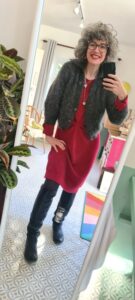
Image c/o Jess Ward
Outfit:
Meet Jess, a Cool, clear and deep colouring type. Like me, she’s a fan of using a hair bobble inside a dress to create more shape! She says “My French Connection jumper dress has already seen two Christmas days, including one when I was eight months pregnant!” Paired with a vintage mohair cardigan and leather boots with new soles, ready to take her into another winter.
Silver metallics whether brushed or shiny are a great way to dress up an outfit.
Gift Ideas:
Adding a pop of colour through a scarf will have an instant brightening effect and brings a new life to an old coat. The Olivia Scarf in Ocean, Azalea, Lilac, Hyacinth or Bermuda are perfect for you. All scarves are priced at £18.90 and can be browsed here.
On the Christmas red theme, your perfect red would be red carpet, which is available in the Festive Lips and Party Lips gift sets along with a retractable lip brush. Choose from either a lip pencil or a gloss. You’ll also get one included with The Festive Compact.
As an alternative to black, why not try the navy mascara and marine eye pencil? Choose both in the Festive Eyes gift set along with an eye base to keep your makeup in place all day.
All Colour Me Beautiful Christmas gift sets are available until 2 January. Starting at £24.50 and presented in a gift box, they’re ready to pop straight under the tree!
Clear colouring type
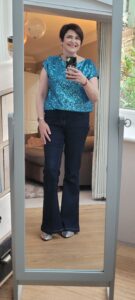
Image c/o Charlotte Ralph
Outfit:
Meet Charlotte, who loves a bit of sparkle at this time of year. She says “The unusual aqua shade enhances my blue eyes and the bright, shiny sequins complement my Clear colouring.” Opting for flared jeans to help balance out her proportions. Charlotte is a Clear, cool and light colouring type.
Sequins and sparkles are great for clears as the light reflects off them. Similarly, satin and silk can also have a brightening effect as the light will bounce off the fabric making the colour appear brighter.
Gift Ideas:
The Olivia Scarf in Ocean, Azalea, Hyacinth or Bermuda are perfect for you, making your eyes pop! Or why not try and get one of the last remaining super soft fringed scarves – the Apple Blossom, Scarlet or Coral Pink will suit you and available whilst stocks last!
If you’re clear and cool, you could also try Lilac. All scarves are priced at £18.90 and can be browsed here.
For the perfect pout, check out the Festive Lips or Party Lips gift sets. Each set includes a lipstick and retractable lip brush, paired with either a lip pencil or a gloss. Charlotte loves Serise but if you’re clear and warm, opt for warm pink instead.
Highlight your amazing eyes with a pop of colour. The Festive Eyes gift set includes an eye pencil, volumising mascara and eye base which helps to keep your makeup in place all day.
All Colour Me Beautiful Christmas gift sets are available until 2 January. Starting at £24.50 and presented in a gift box, they’re ready to pop straight under the tree!
Soft colouring type
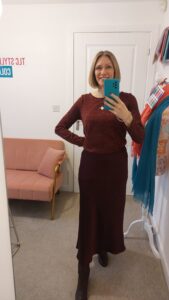
Image c/o Toni Carver
Outfit:
Here I am re-wearing what I already have! The sparkly top is many years old from Per Una and feels more glam due to the sparkle thread. Paired with the burgundy satin skirt from New Look in 2023 (revisit this post here: Autumn Spotlight trend: Styling the bias cut midaxi satin skirt), which is of course bang ‘on trend’ now!
Dressing ‘tonally’, or in one colour group is the perfect way to wear your colours as a soft. I’m a soft, cool and deep colouring type. Opting for brushed metallics or subtle shimmers are a great way to add some interest, without being too our there, if that’s not your thing.
I’m also share two other festive looks on social media, so be sure to follow me!
Gift Ideas:
The Olivia Scarf in Ocean, Rosewood or Bermuda are perfect for softs and will combine well with your neutral tones too. Sand and Khaki are even better if you have are a soft and warm, or opt for Hyacinth or Lilac if you’re soft and cool. Apple Blossom and Coral Pink will suit you if you’re soft and warm but only available whilst stocks last!
All scarves are priced at £18.90 and can be browsed here.
Adding colour to your lips, even if it’s a subtle colour will be beneficial for softs, so do check out the Festive Lips or Party Lips gift sets. Each set includes a lipstick and retractable lip brush, paired with either a lip pencil or a gloss. Chiffon is a great nude with a very subtle lip colour (and most like ‘pillow talk’…). Mahogany is my go to night time lipstick or pink shell lip gloss.
Add some subtle definition to your eyes with the Festive Eyes gift set which includes an eye pencil, volumising mascara and eye base which helps to keep your makeup in place all day. I couldn’t live without my Navy mascara!
All Colour Me Beautiful Christmas gift sets are available until 2 January. Starting at £24.50 and presented in a gift box, they’re ready to pop straight under the tree!
Personalise it!
Why not embrace your best colours this festive season, whether you’re dressing for Christmas Day or choosing the perfect gifts for loved ones?
By selecting outfits and presents that complement a person’s colouring, you can add a thoughtful, personal touch that truly stands out.
I hope these outfit ideas and gift suggestions have sparked some inspiration for your festive plans. Remember, wearing the right shades can make all the difference in how you look and feel this season. And giving the gift of colour analysis is a thoughtful present that truly keeps on giving. Gift vouchers are available here, and you can start your own colour journey by booking your appointment today!
Wishing you a wonderful Christmas filled with style, joy, and plenty of sparkle!
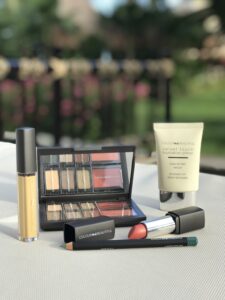 My makeup compact is cleverly designed to hold all my essentials and colours.
My makeup compact is cleverly designed to hold all my essentials and colours.
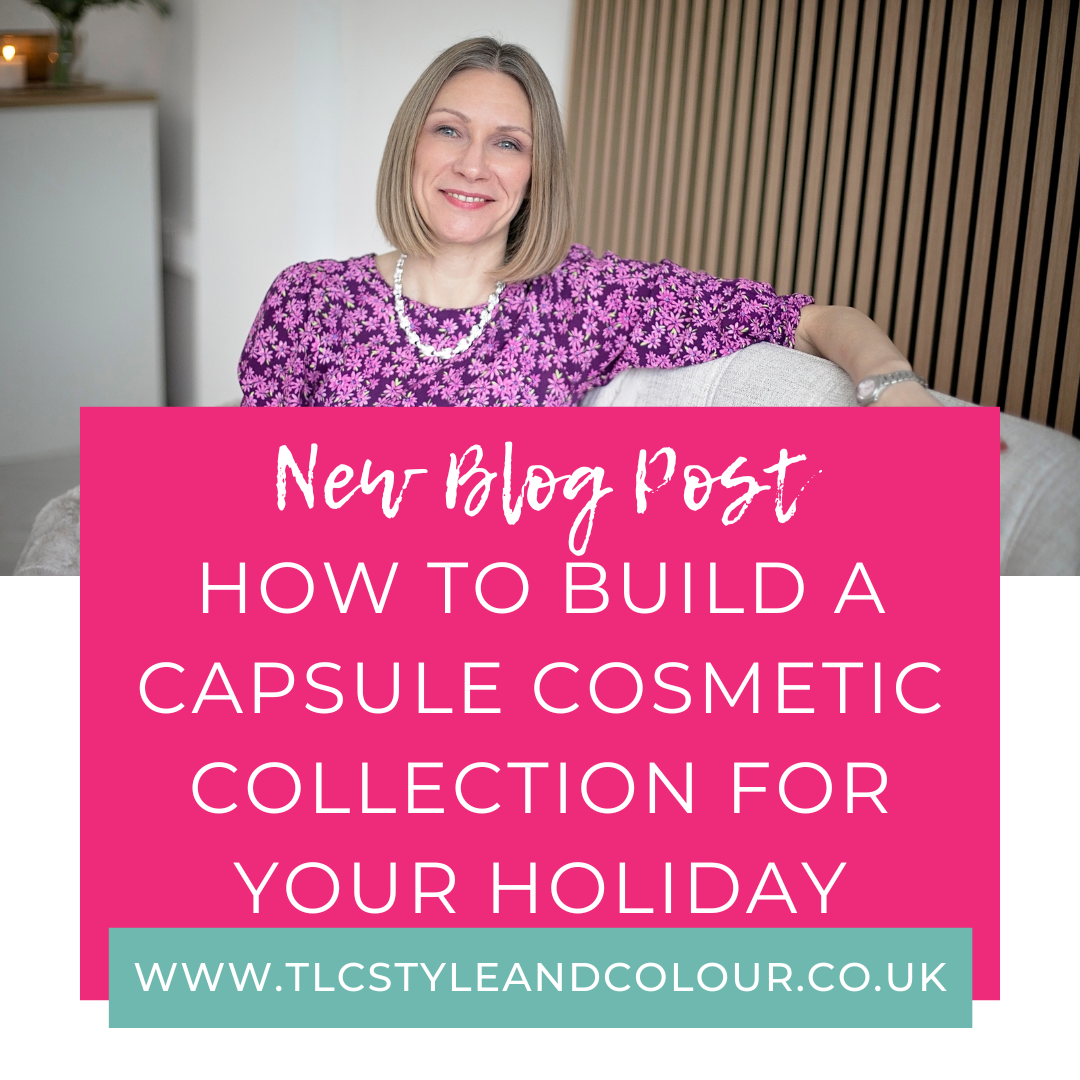
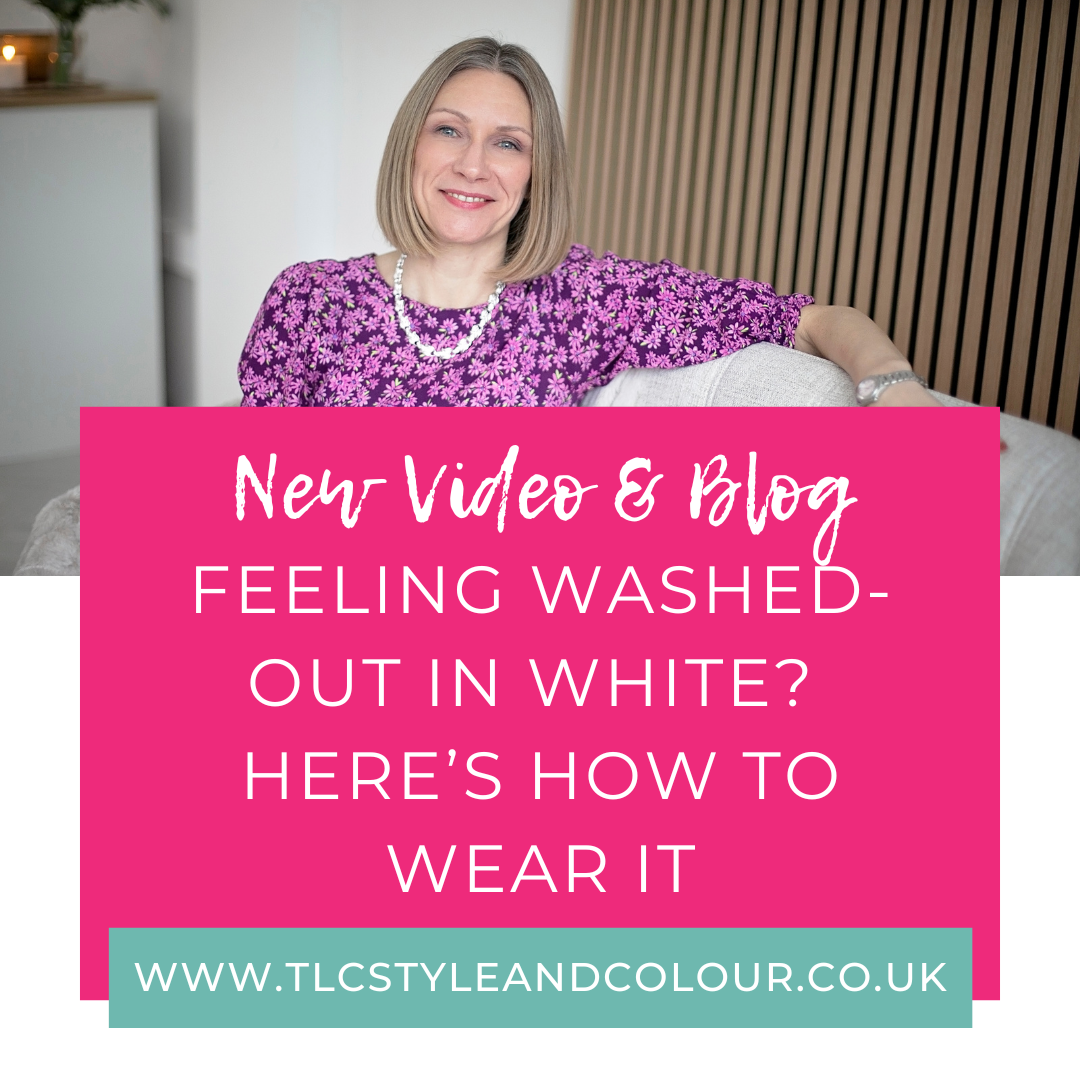
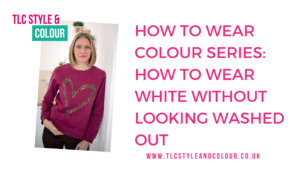 The first episode of the series is available now – watch it here:
The first episode of the series is available now – watch it here: 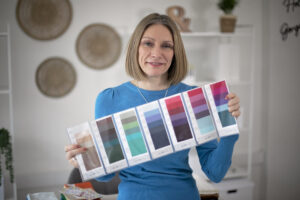
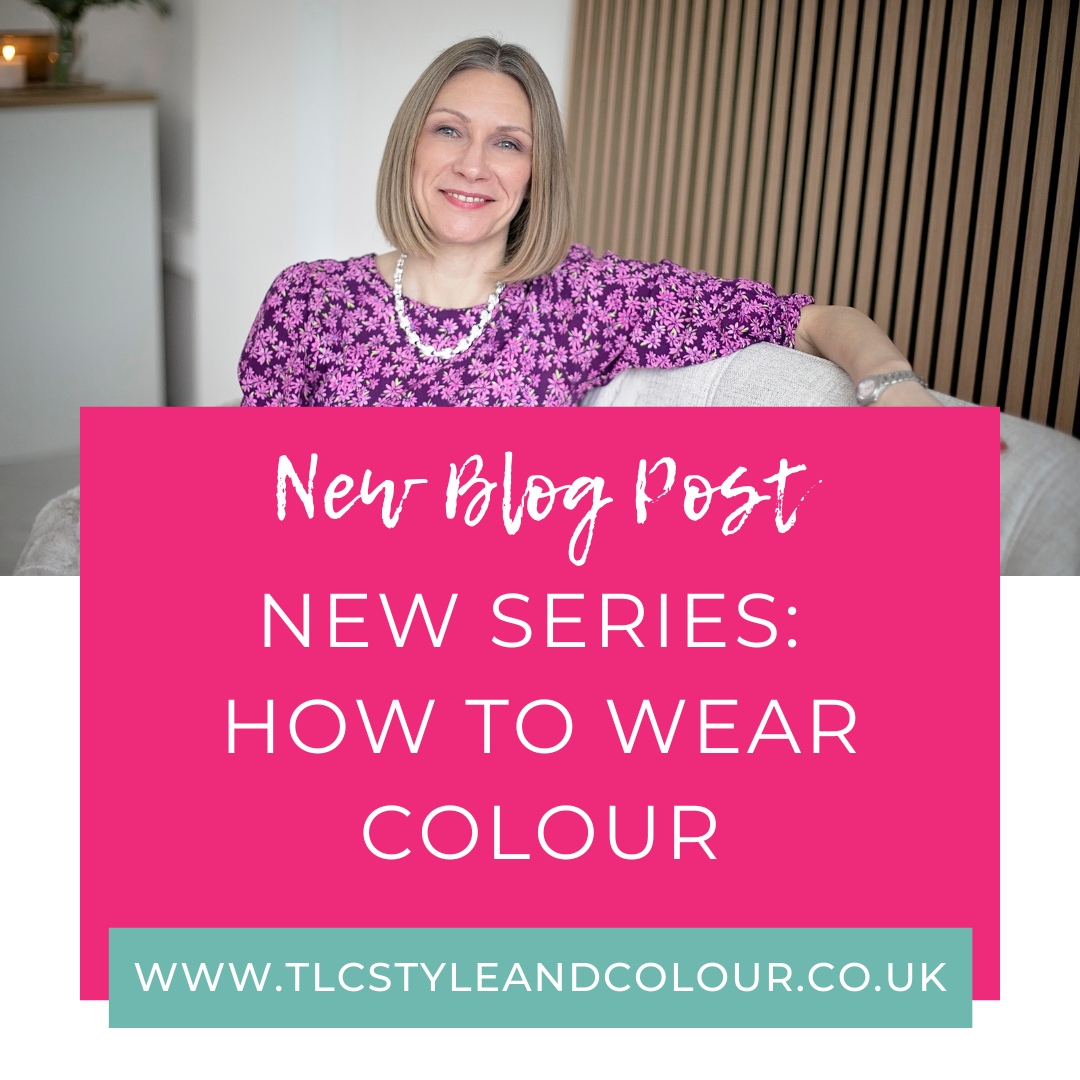
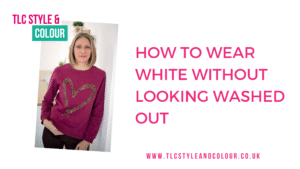
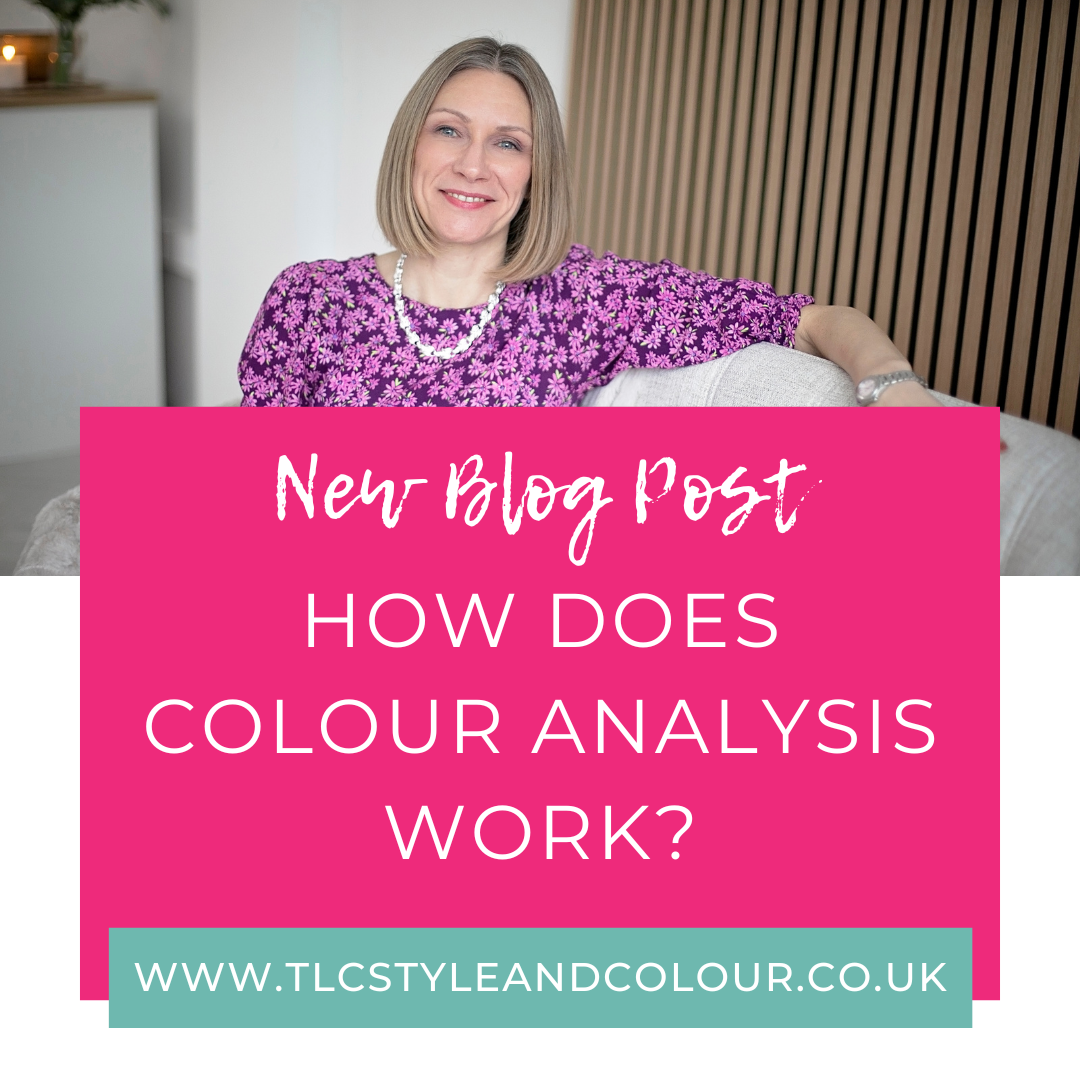
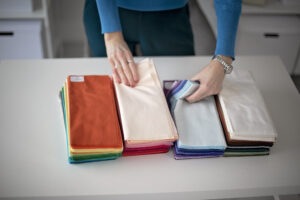
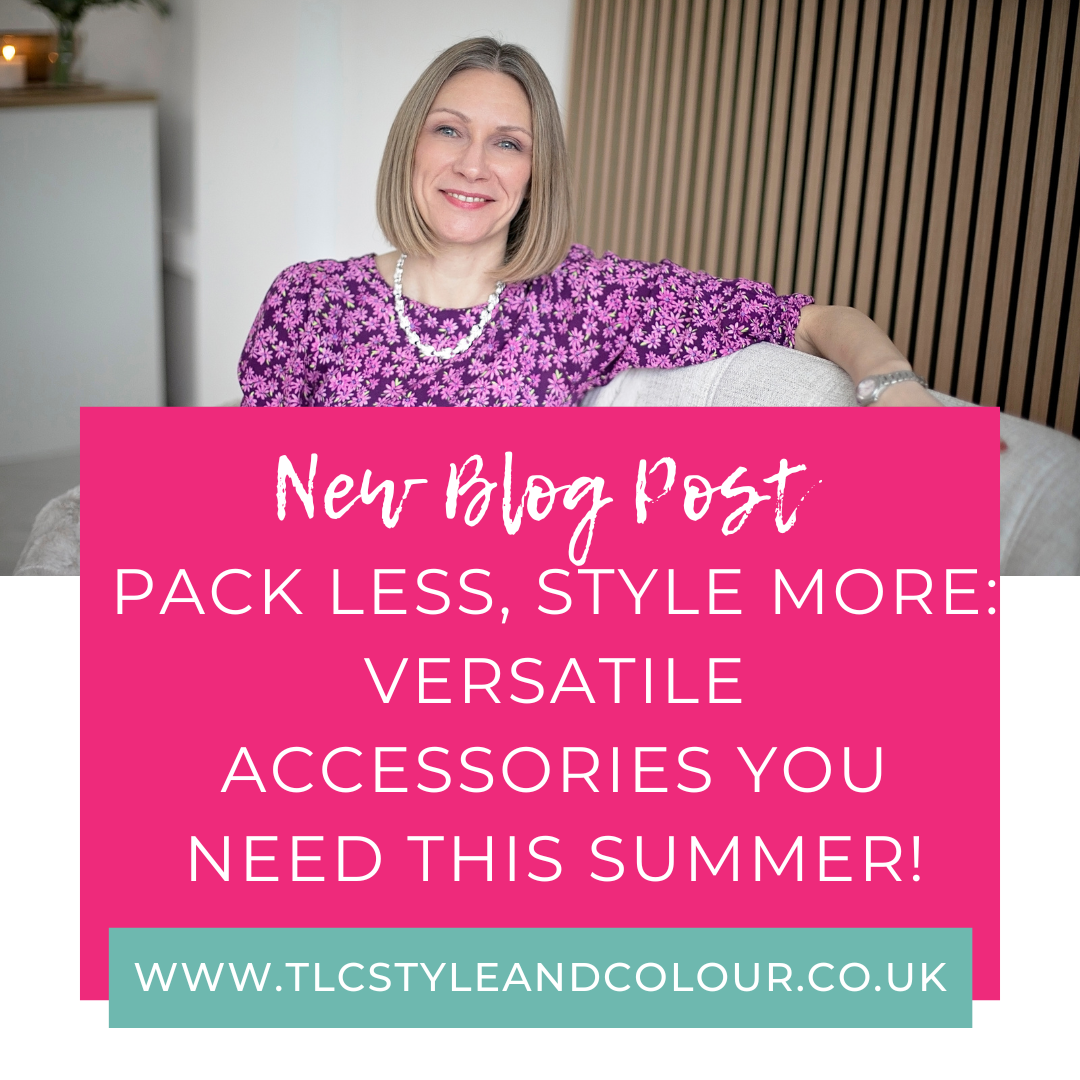
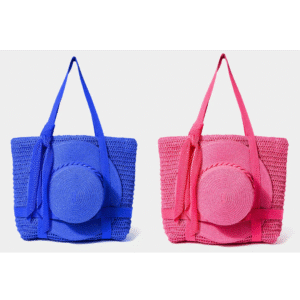 This clever little set has triple the appeal – hat, scarf and bag, all in one handy set!
This clever little set has triple the appeal – hat, scarf and bag, all in one handy set!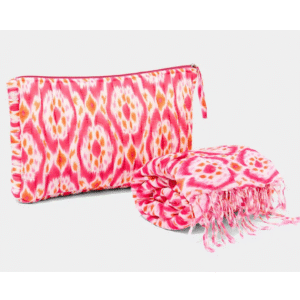
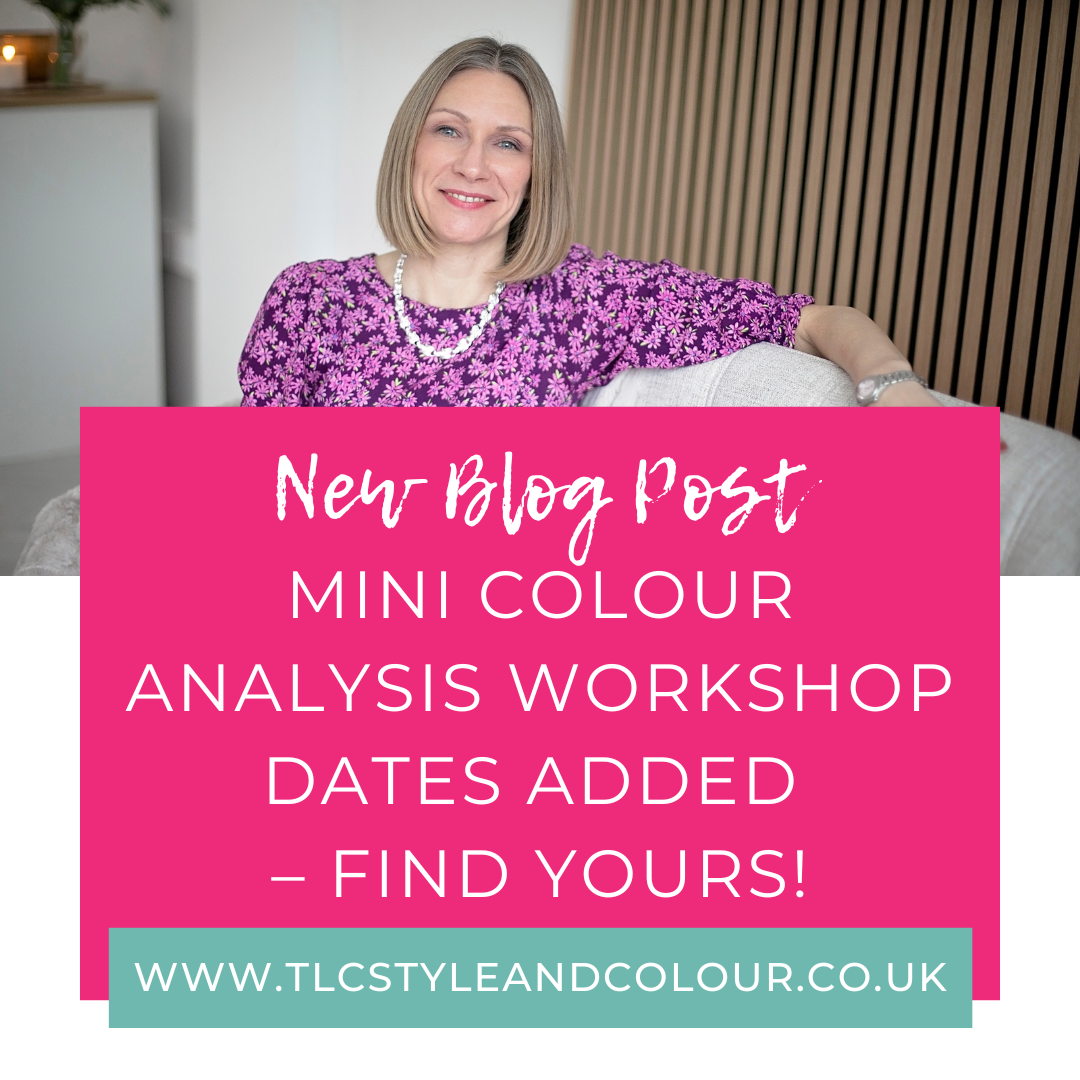
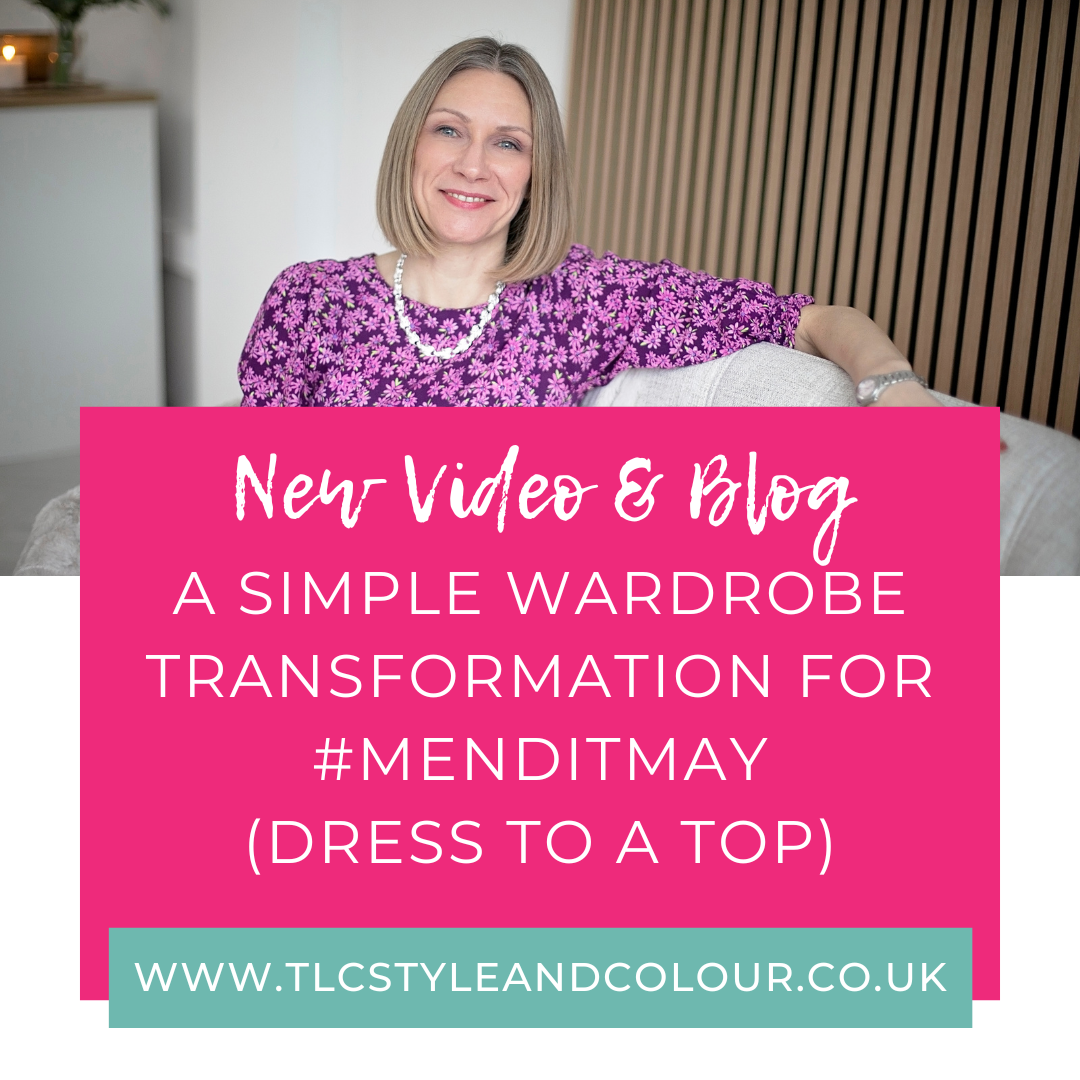
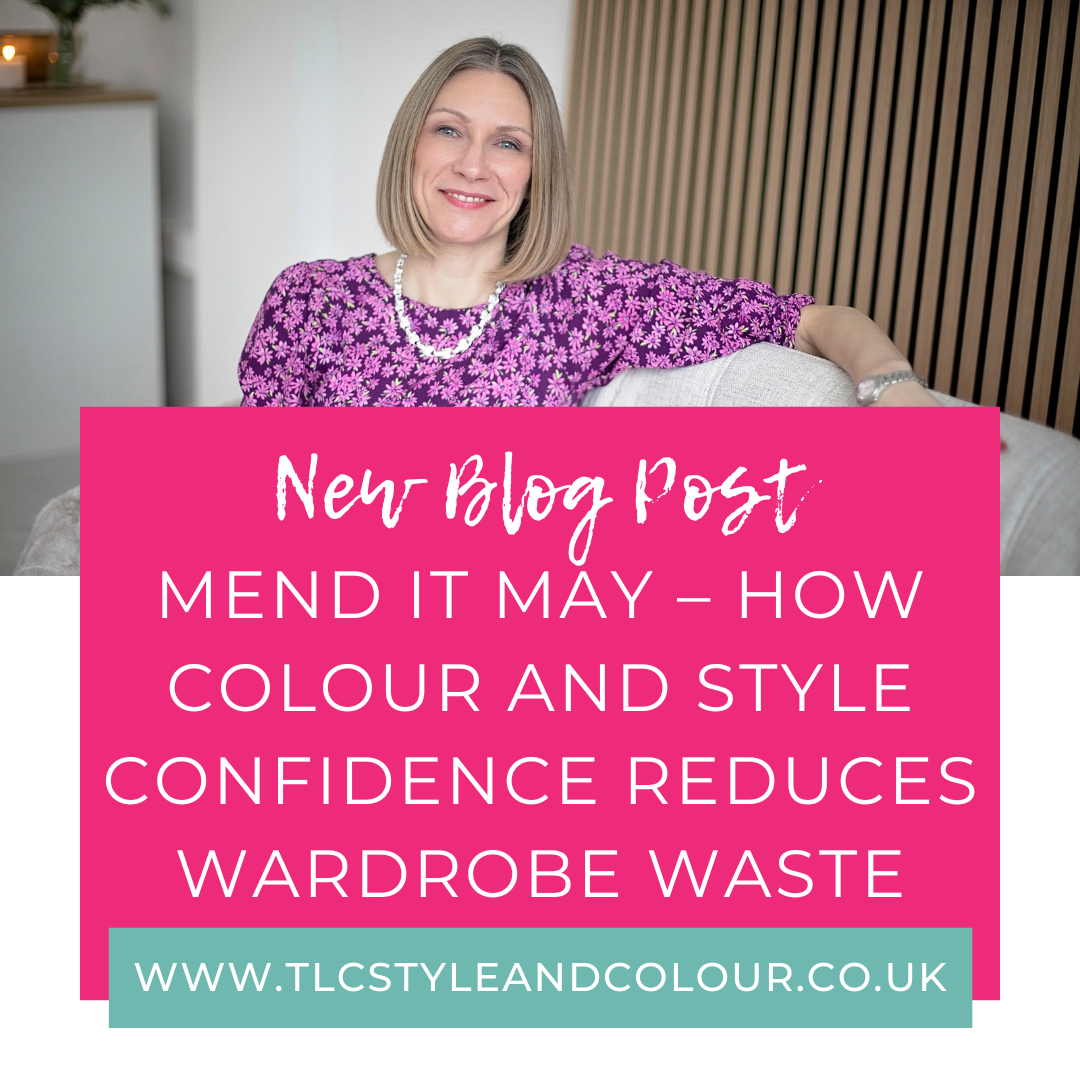
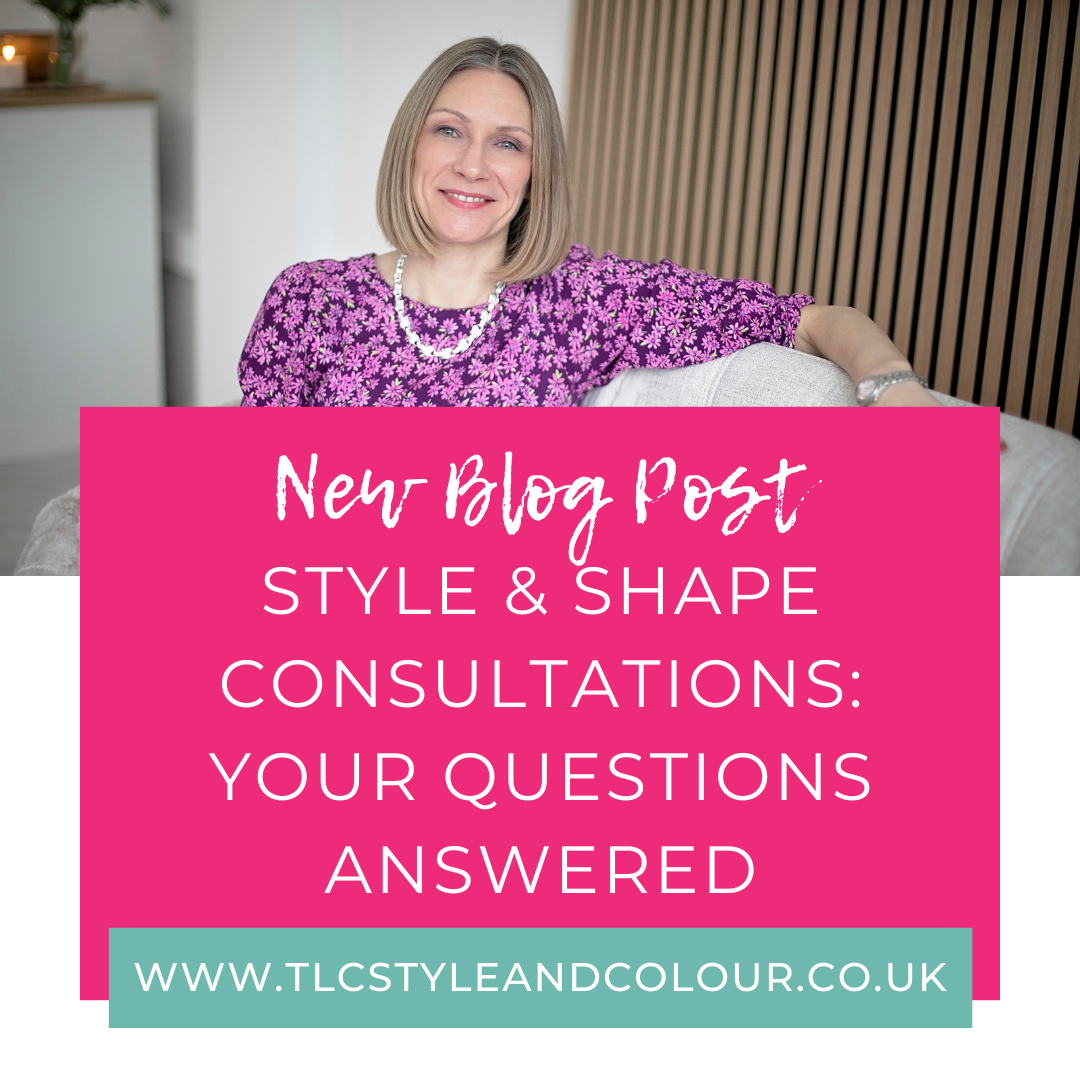
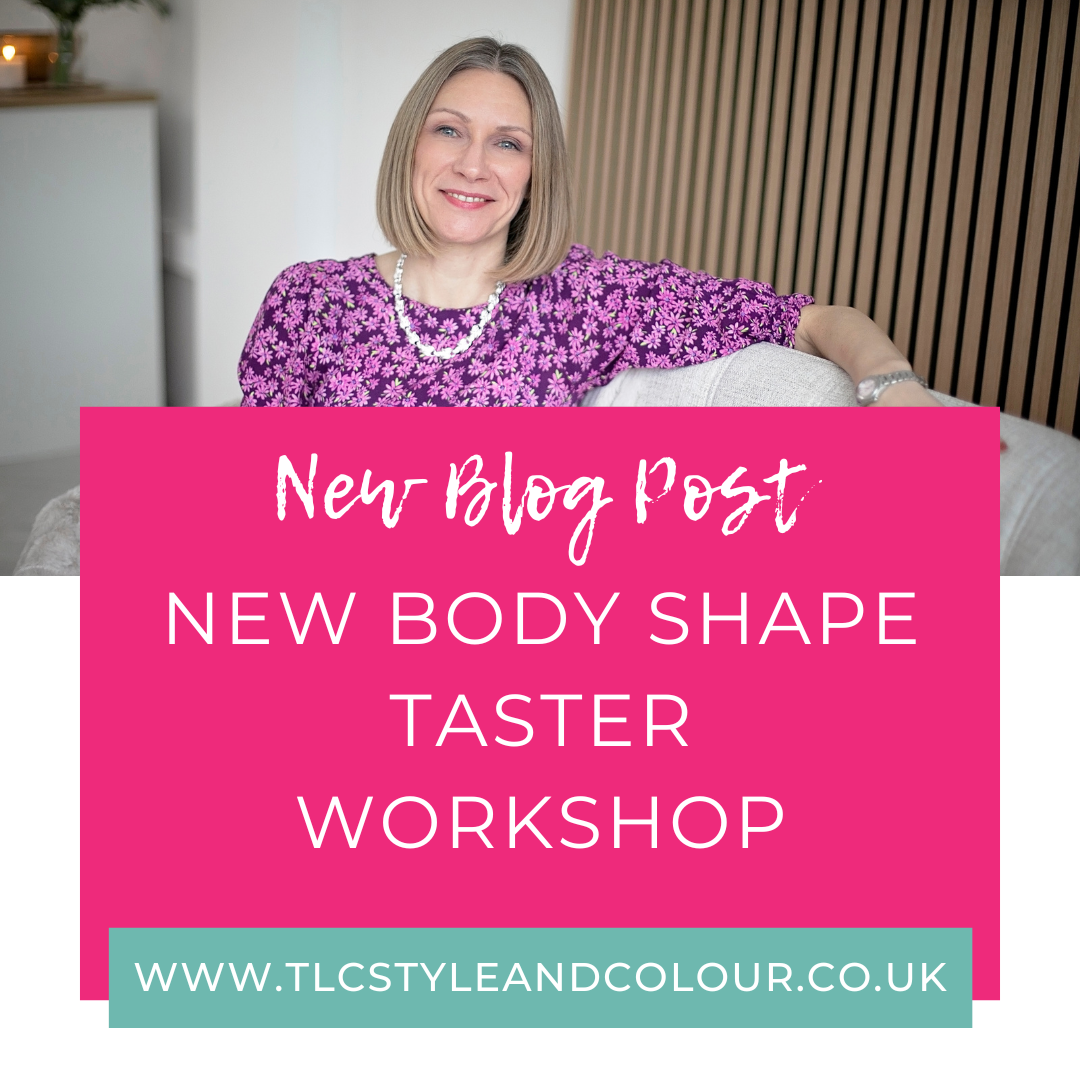
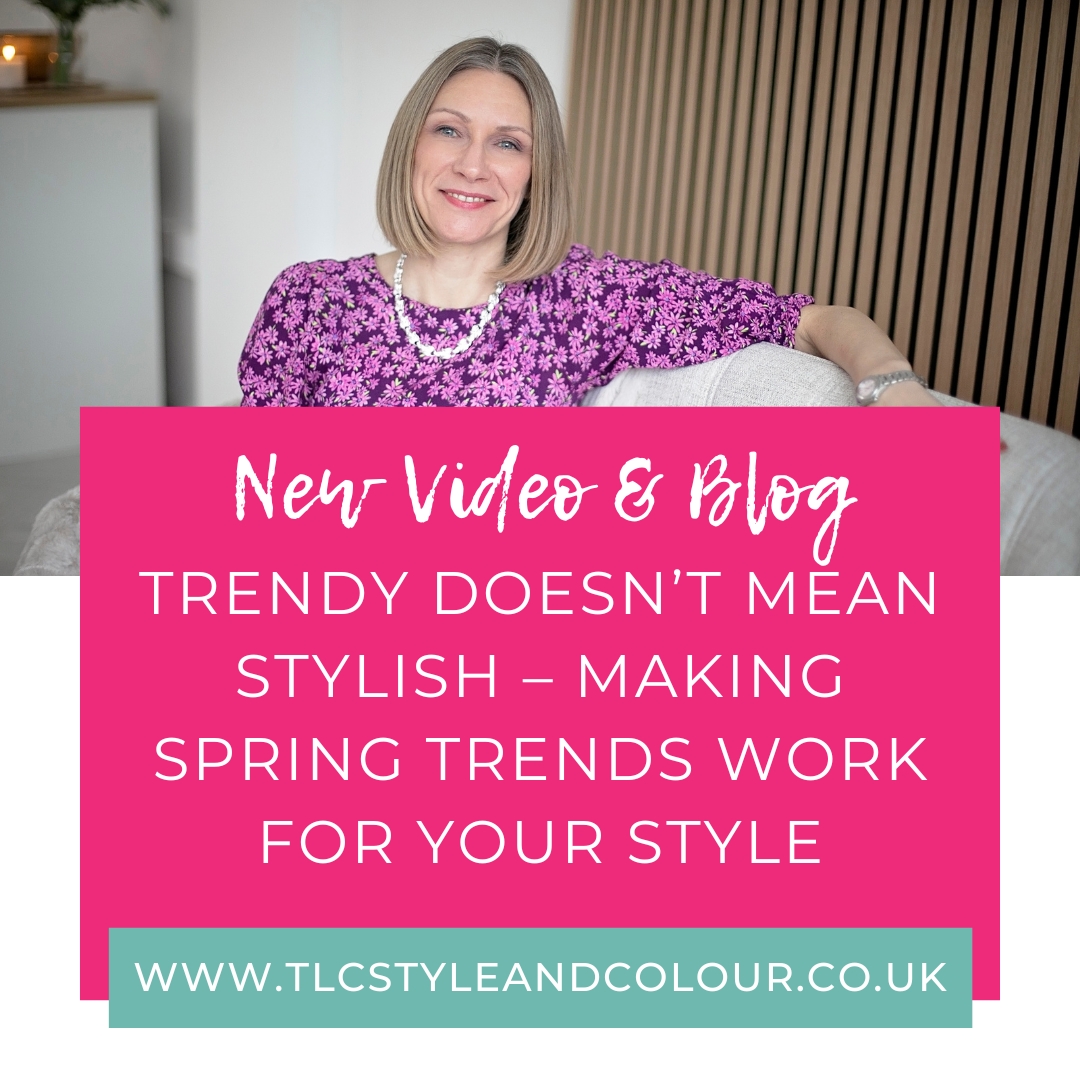
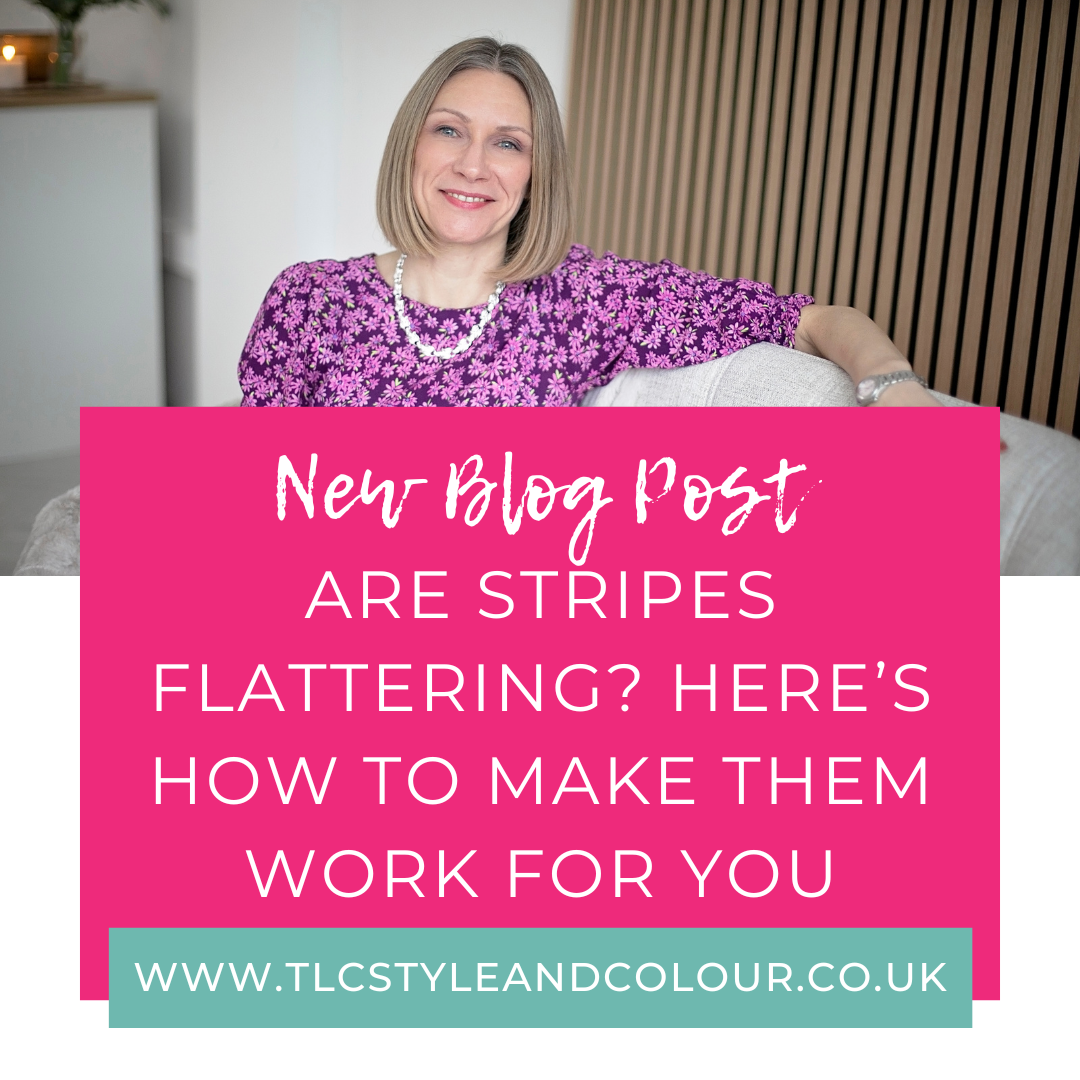
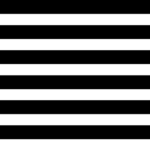
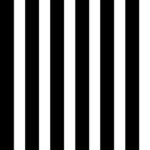
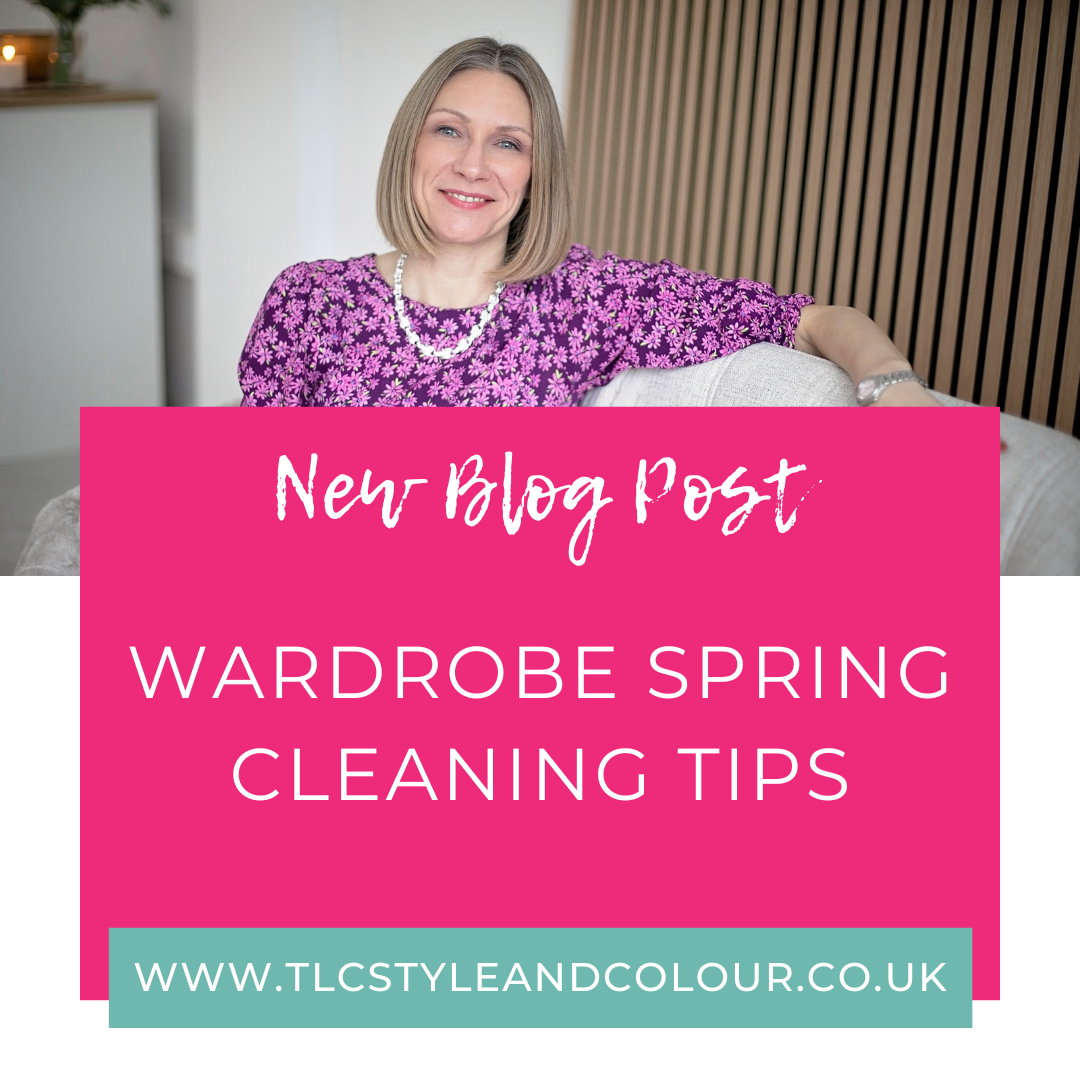
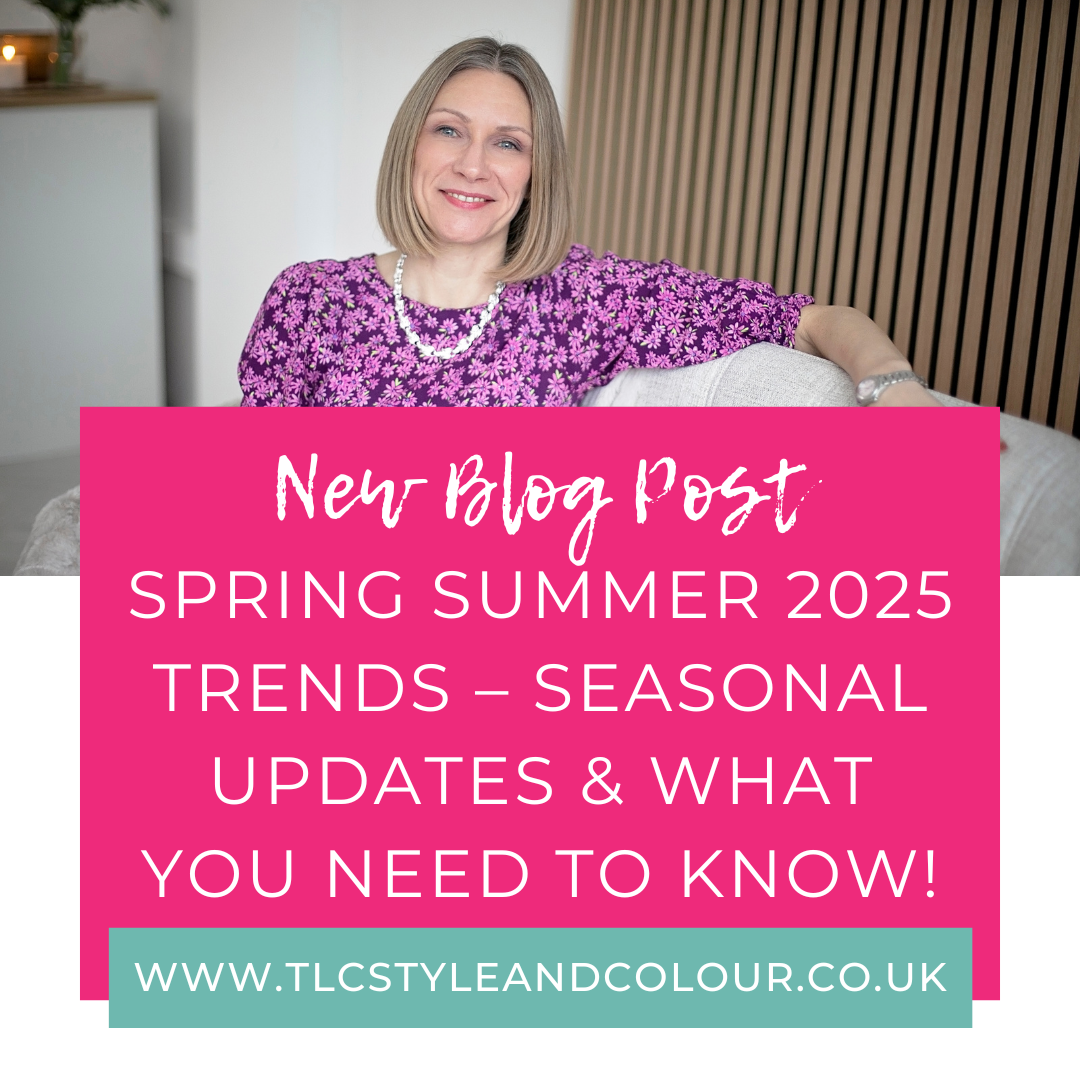
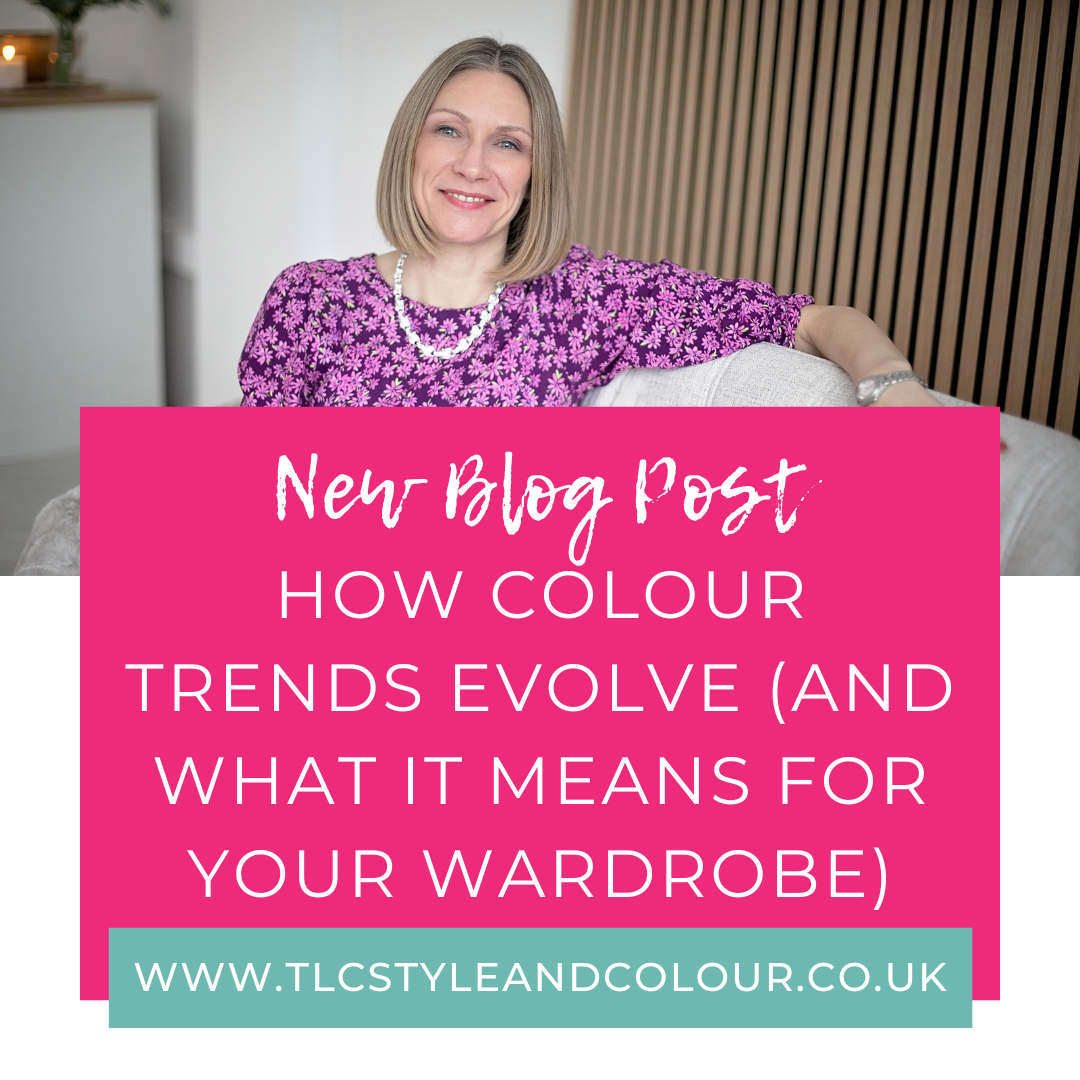
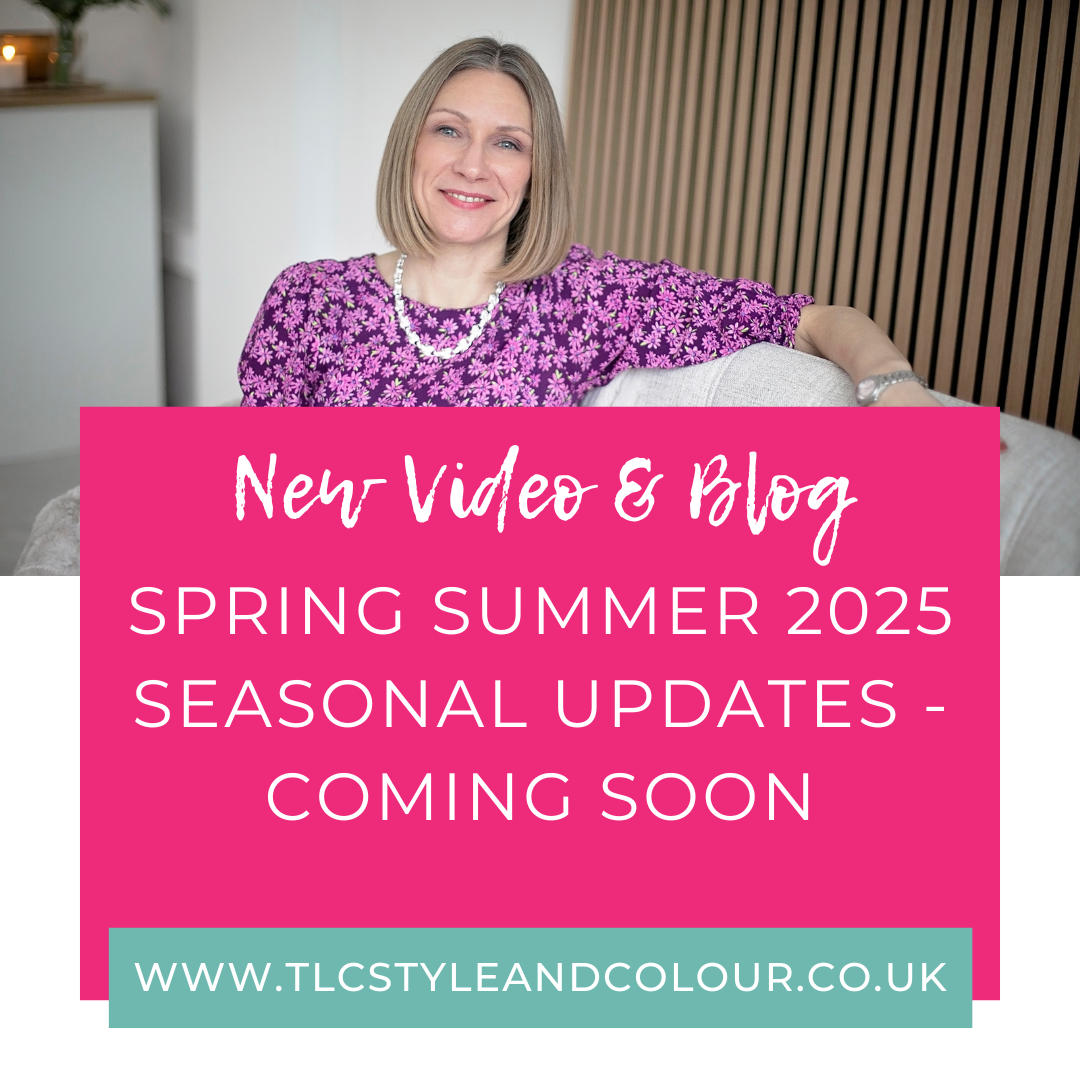
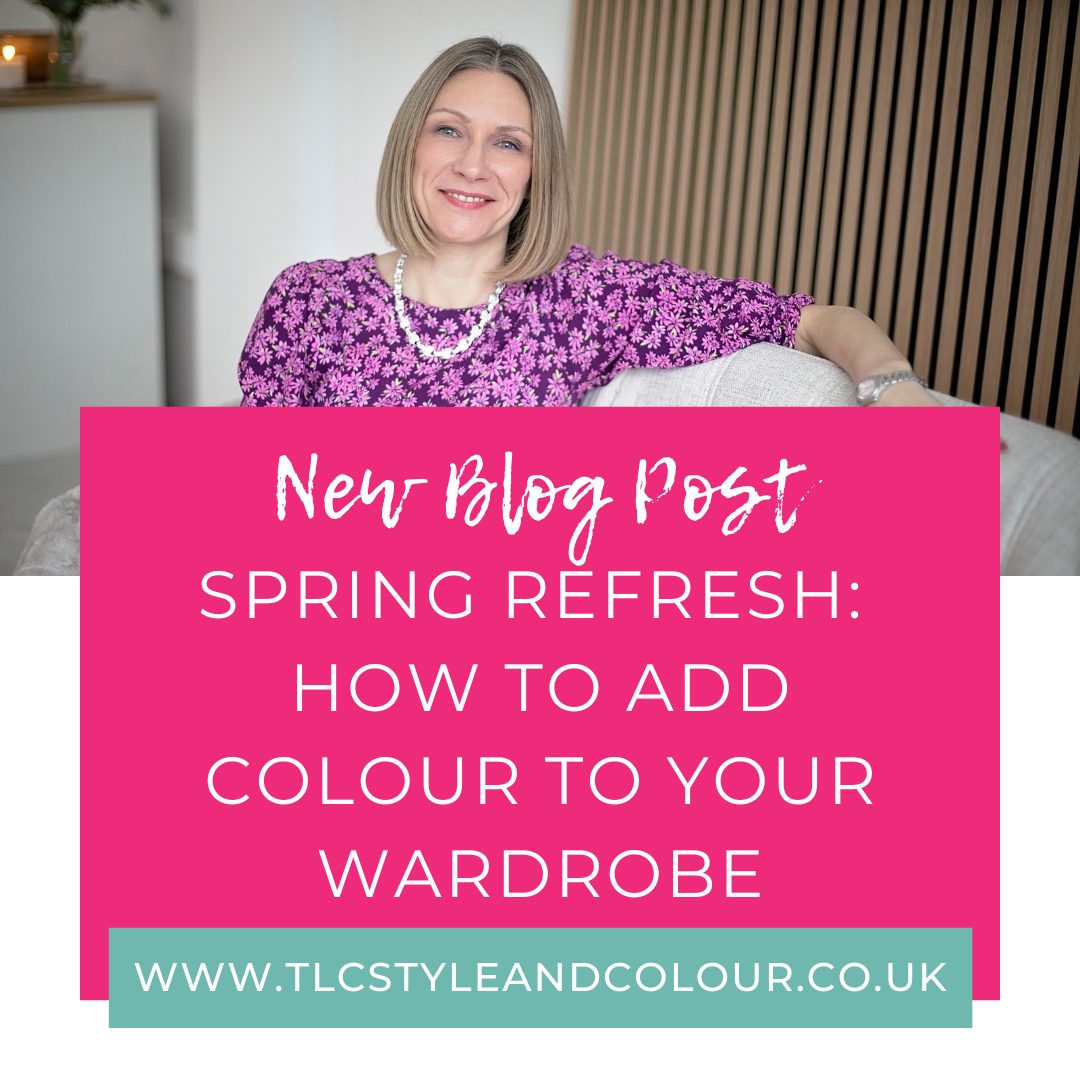
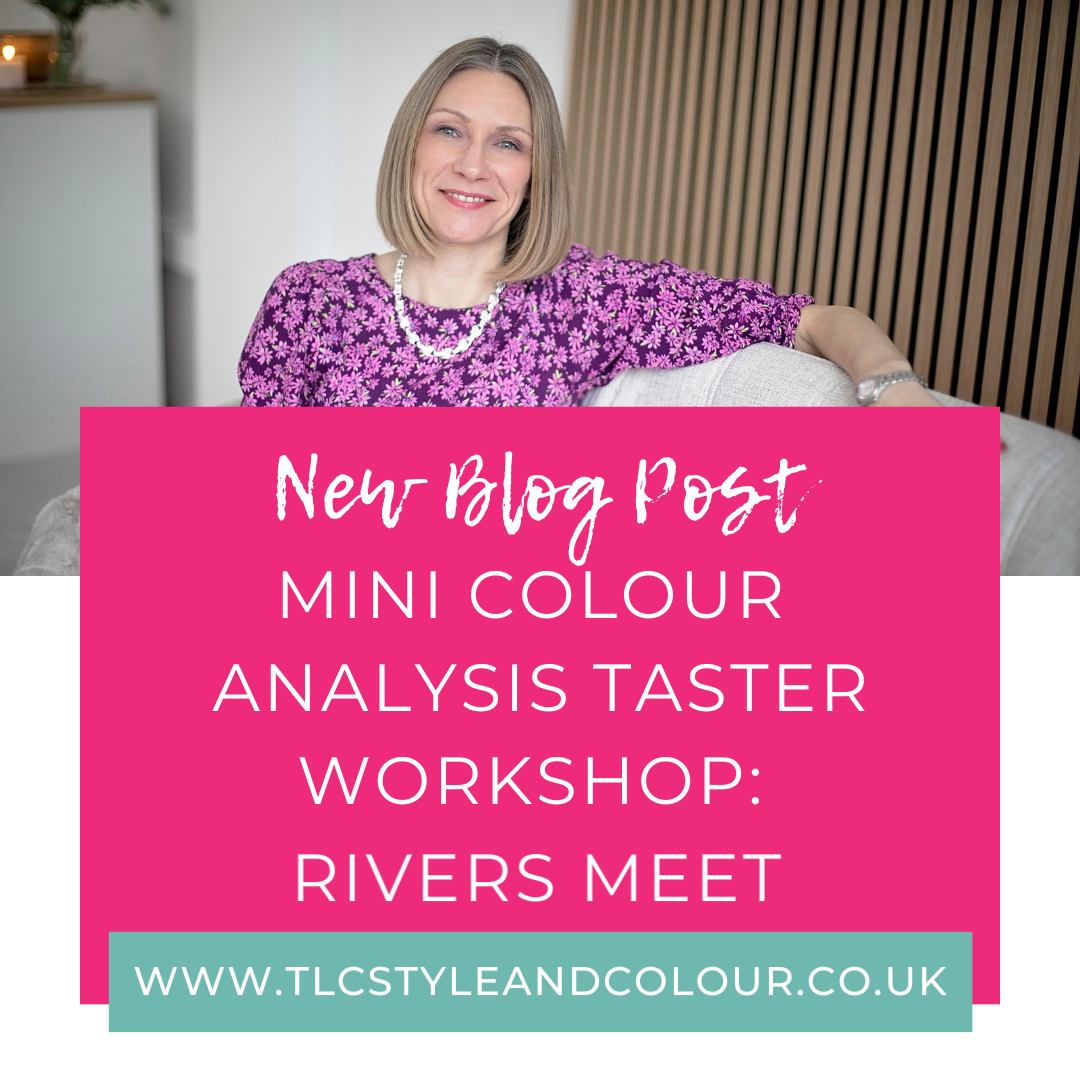
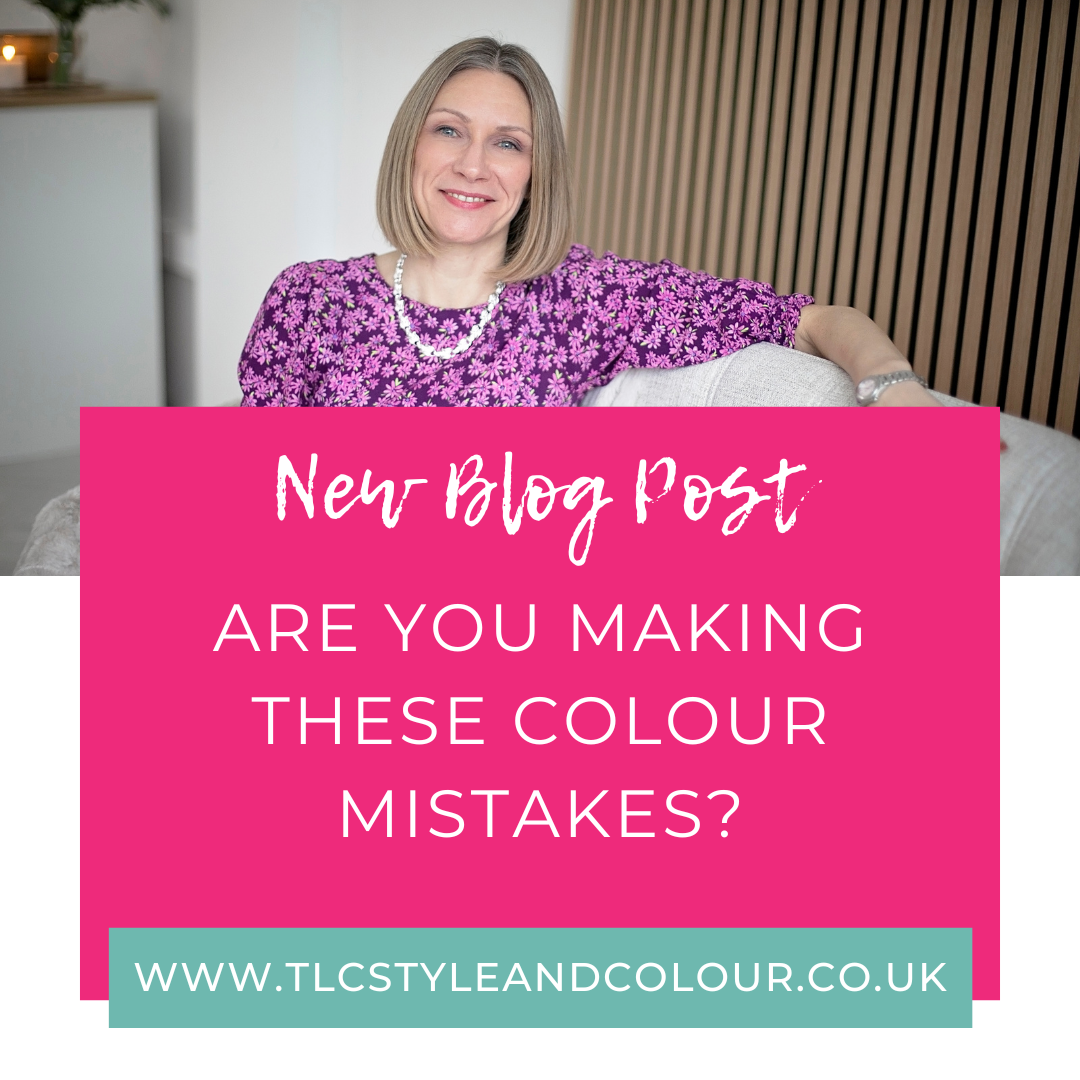
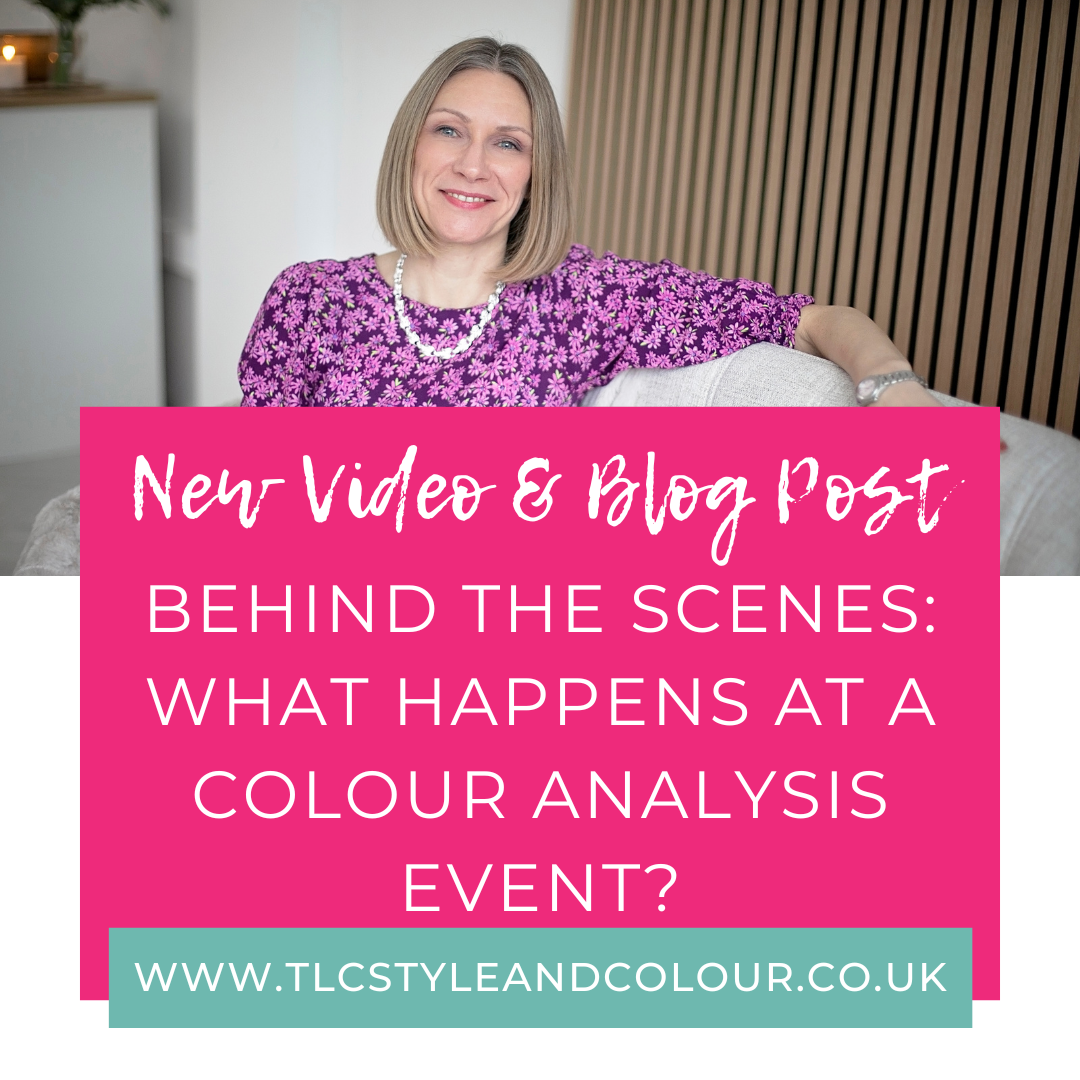
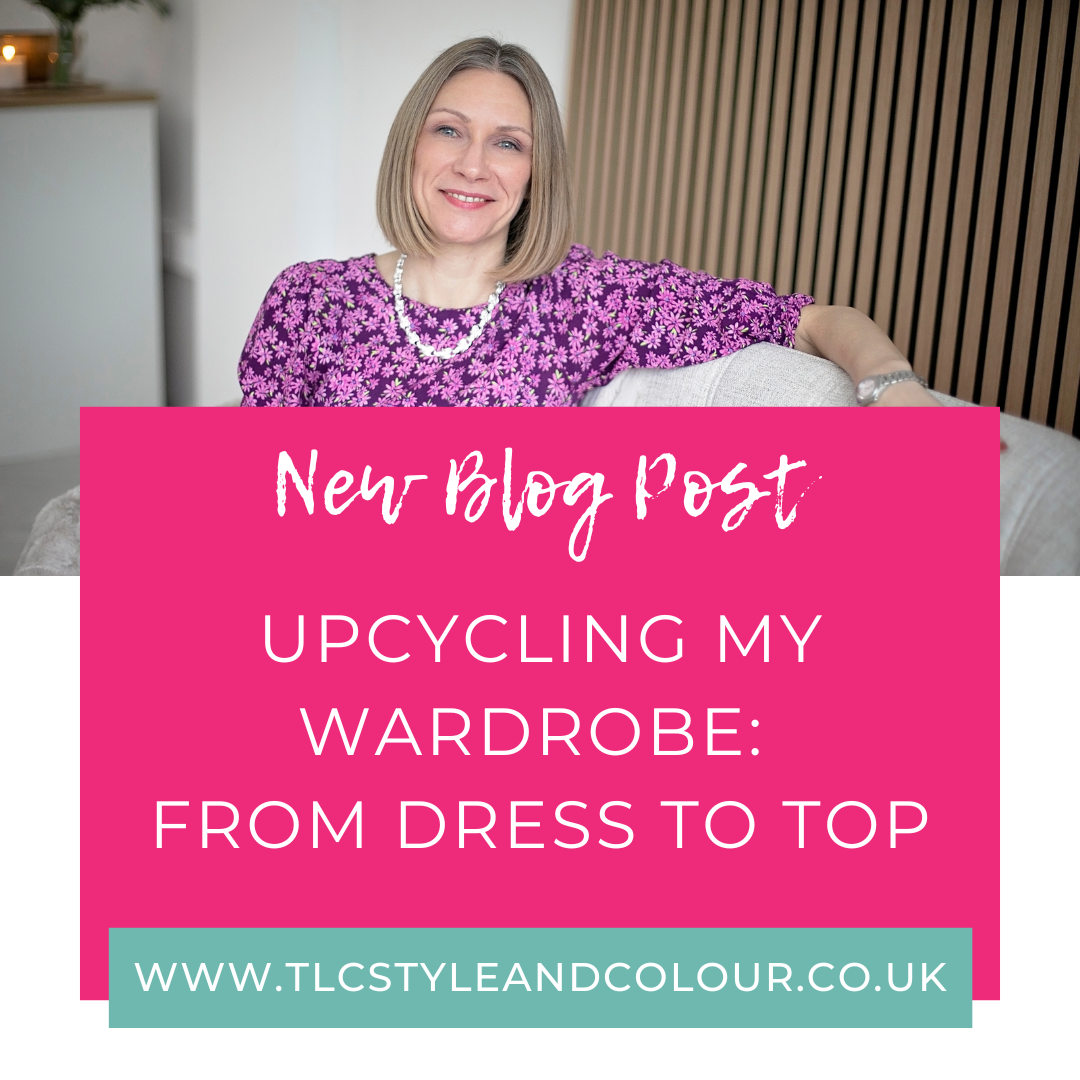
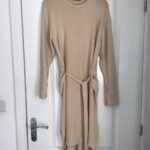
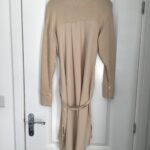
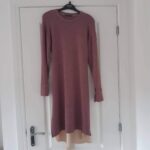
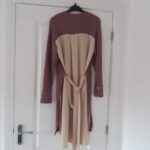
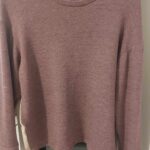
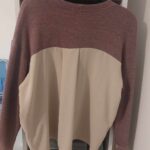

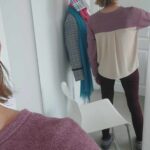
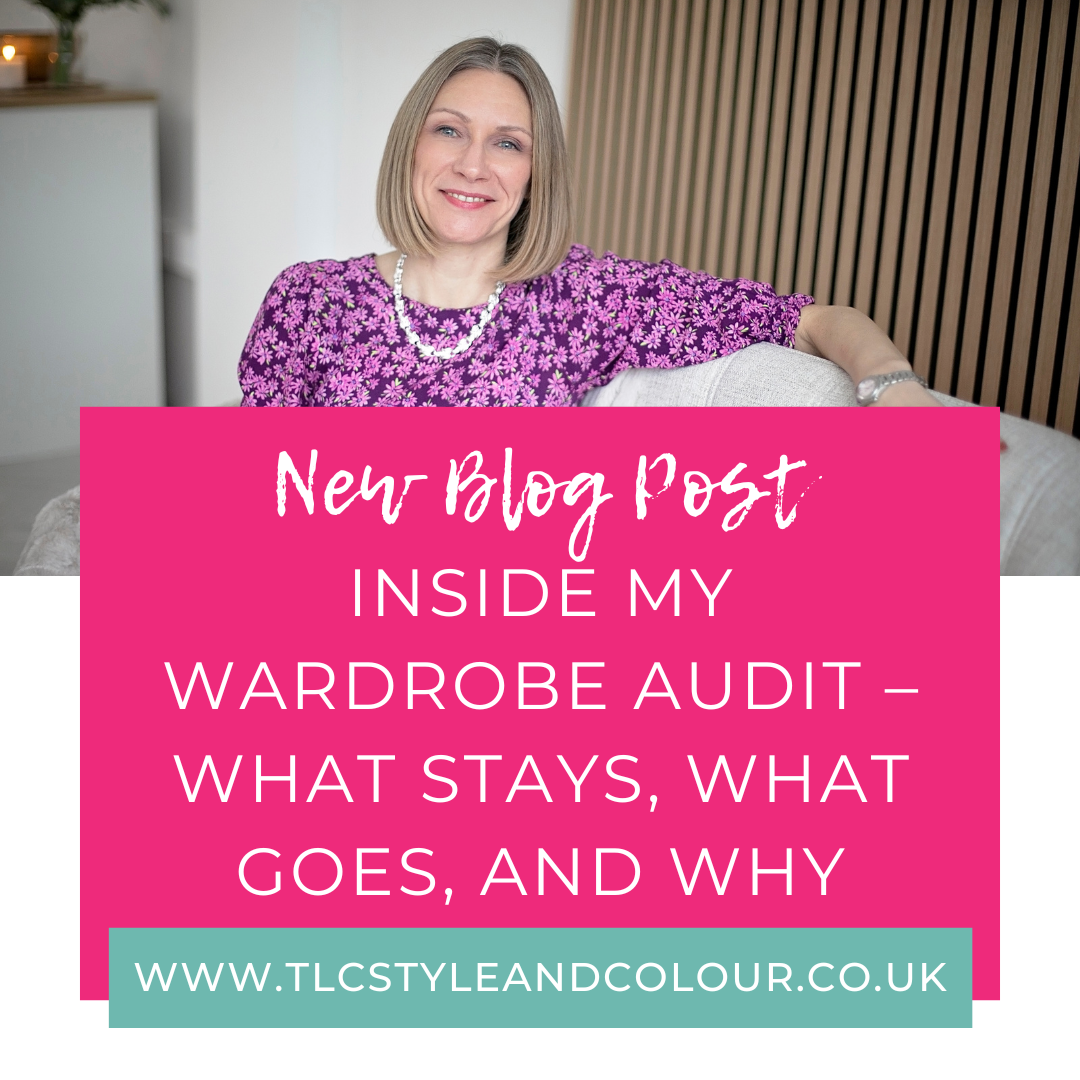
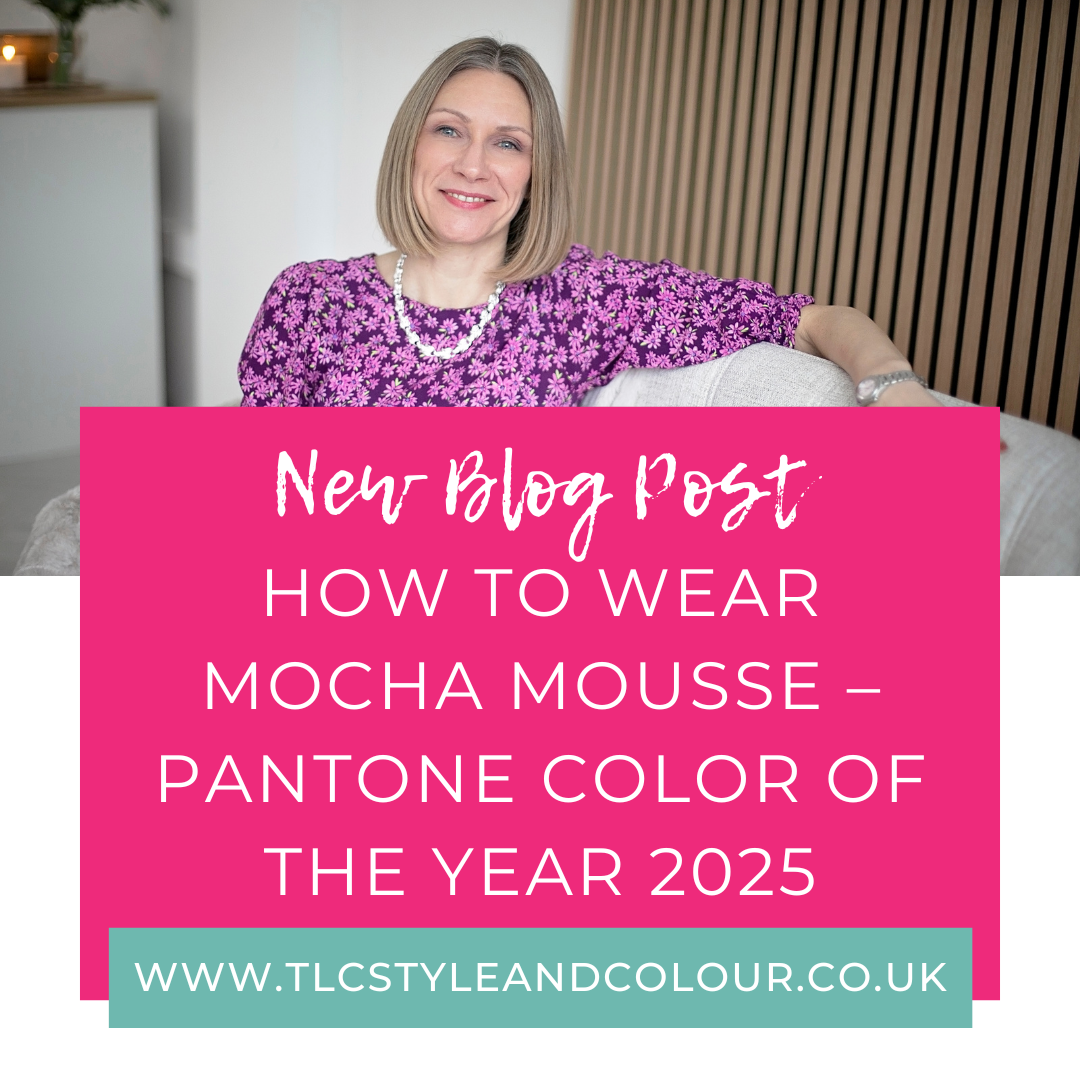
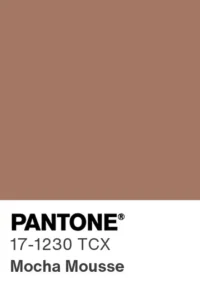
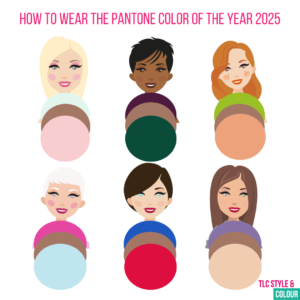 Here’s some colour combinations to inspire you further with your outfits.
Here’s some colour combinations to inspire you further with your outfits.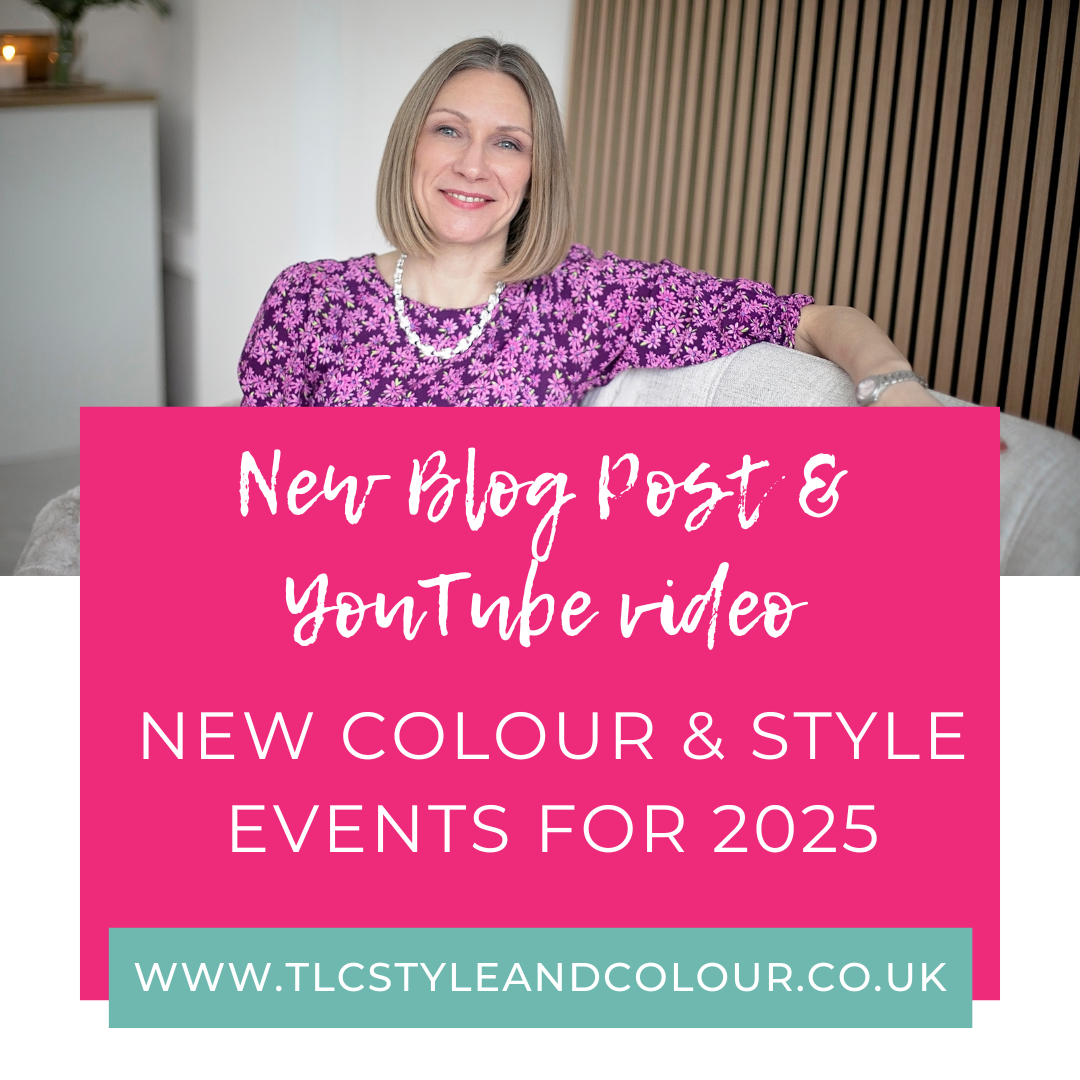
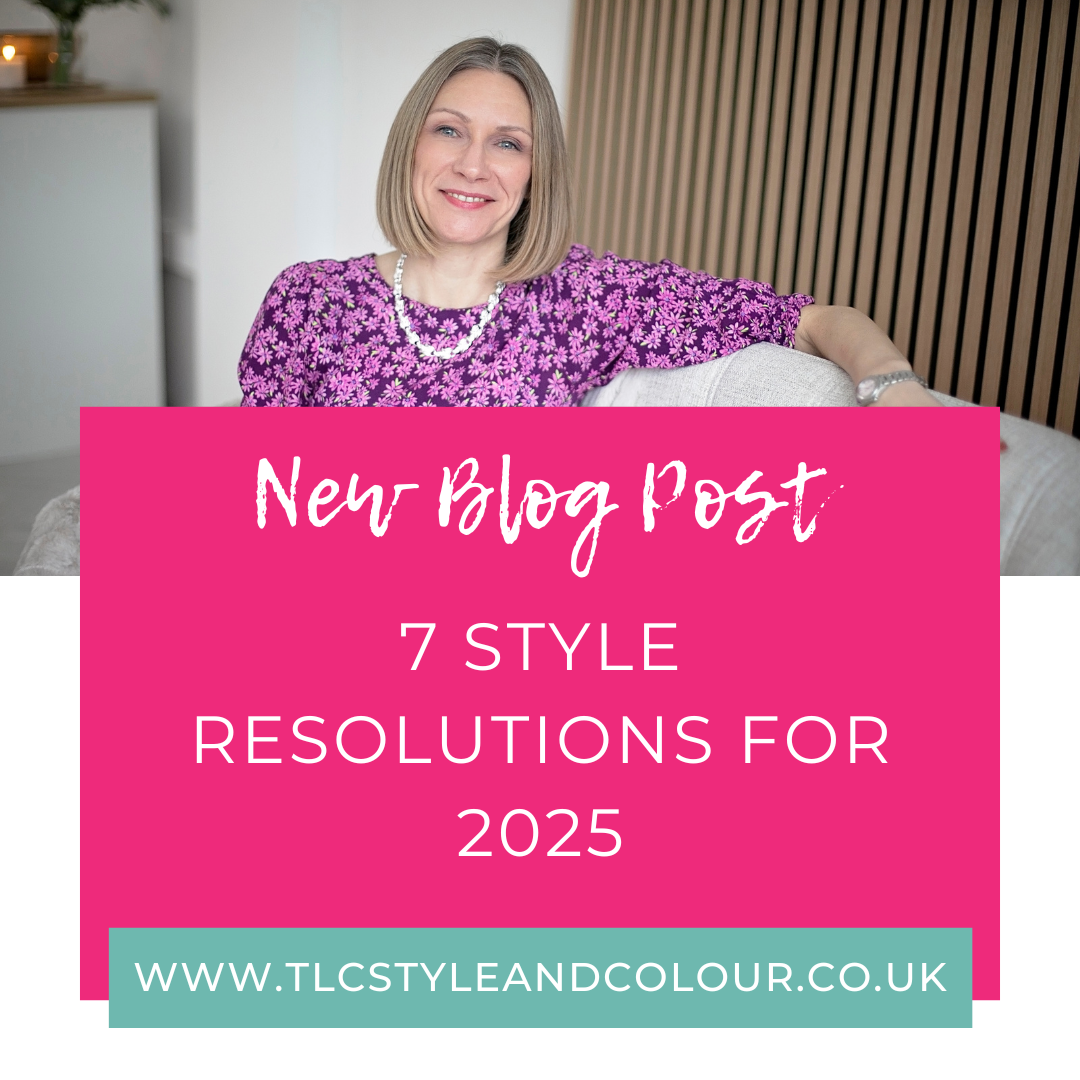
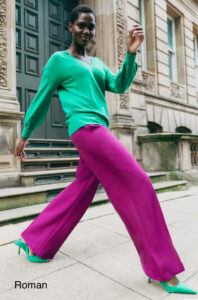 Colour blocking is a fun and modern way to create an outfit using solid colours—either on their own or paired together. It’s a great styling technique that doesn’t require much effort but delivers bold, eye-catching results. You can go all out with contrasting colours (as seen with this outfit from Roman), or keep things subtle and harmonious if you prefer a less intimidating look.
Colour blocking is a fun and modern way to create an outfit using solid colours—either on their own or paired together. It’s a great styling technique that doesn’t require much effort but delivers bold, eye-catching results. You can go all out with contrasting colours (as seen with this outfit from Roman), or keep things subtle and harmonious if you prefer a less intimidating look.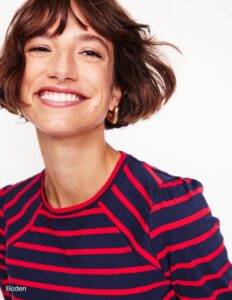
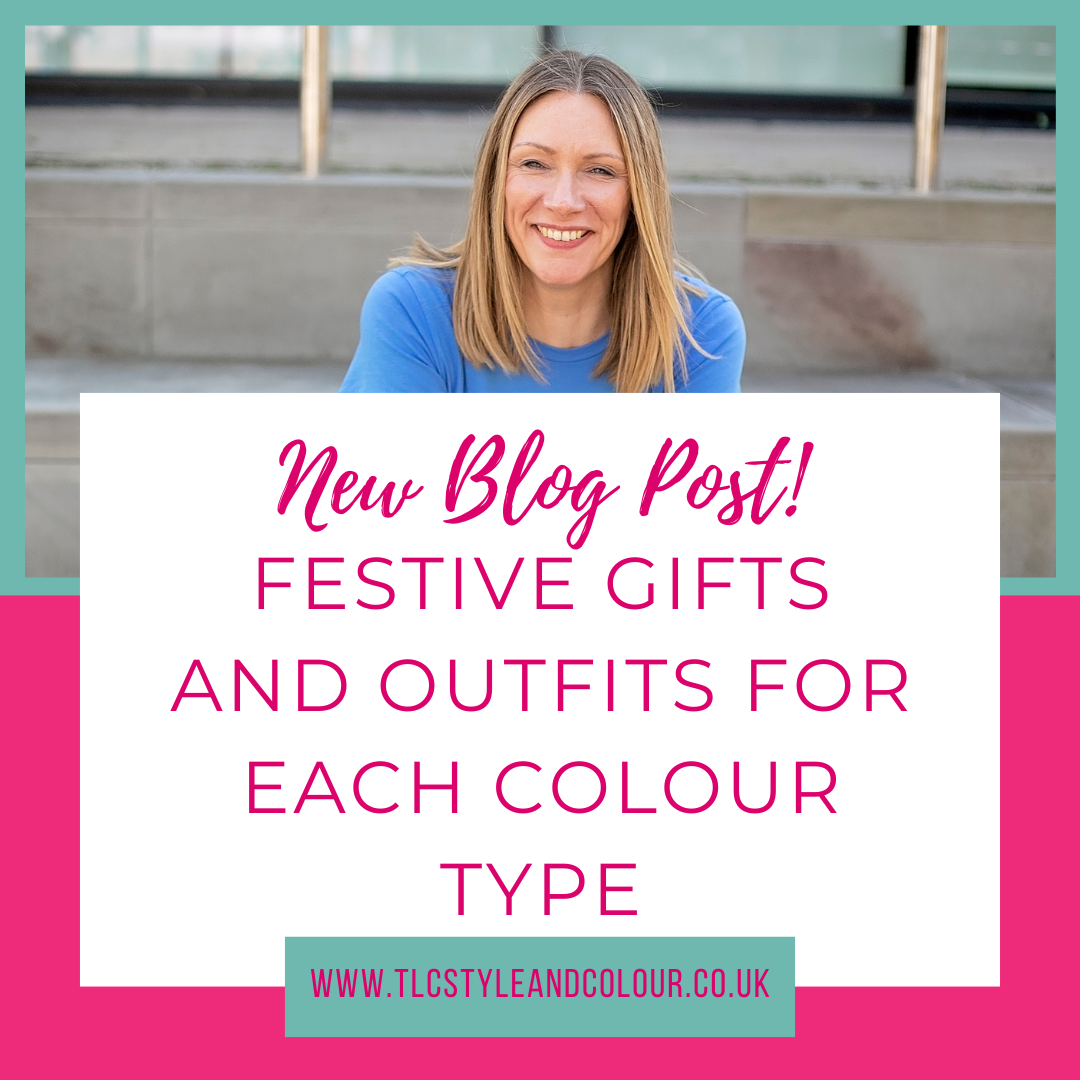






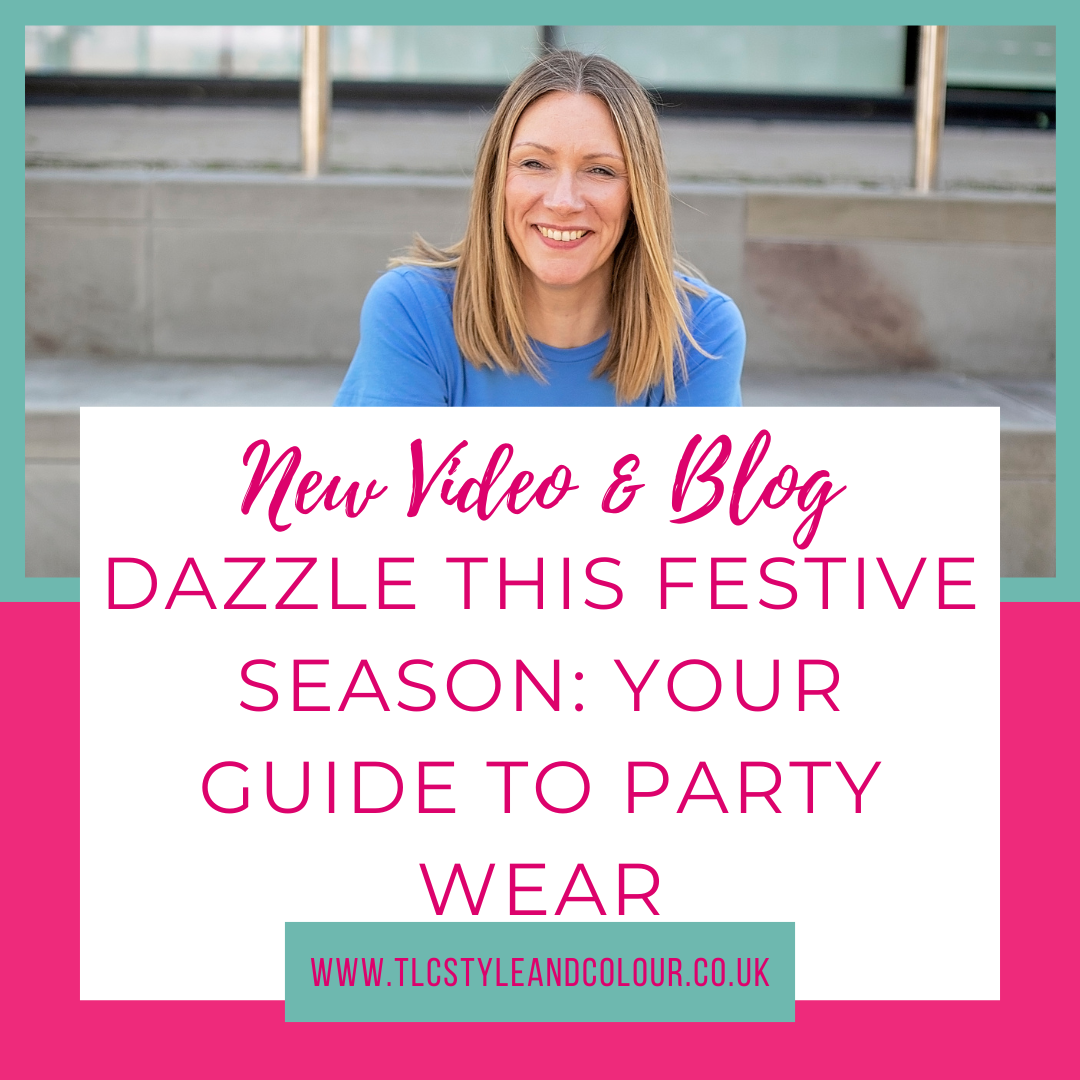


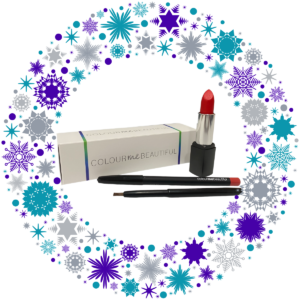
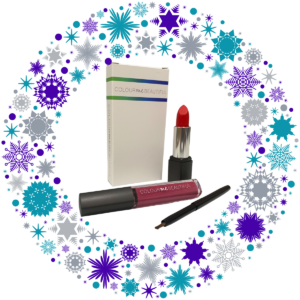
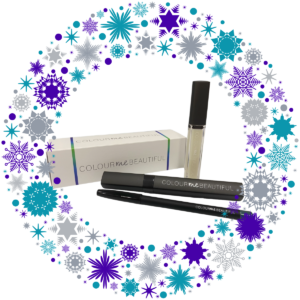
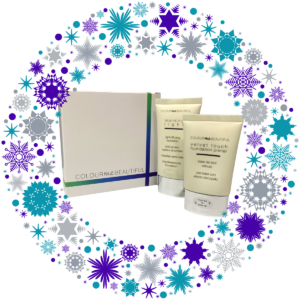
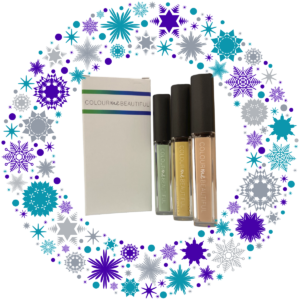
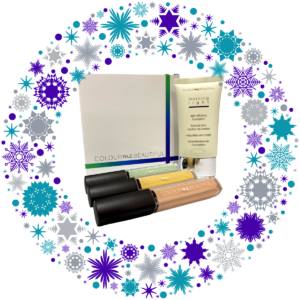
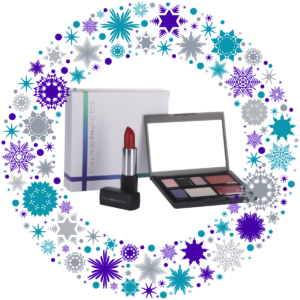 The Festive Compact – £69.00
The Festive Compact – £69.00